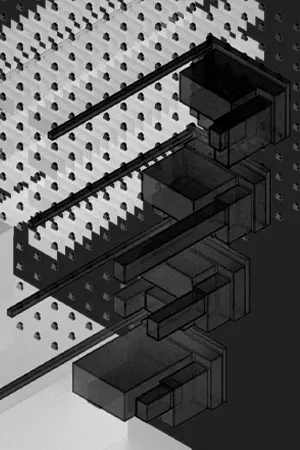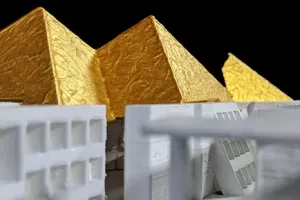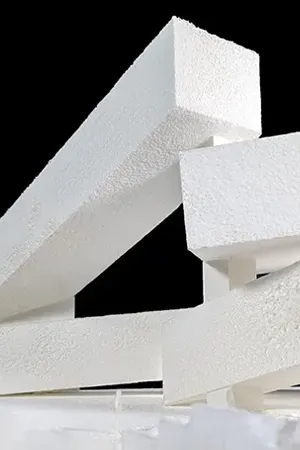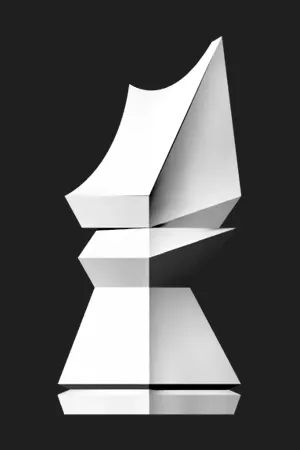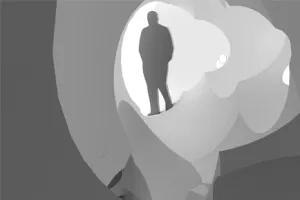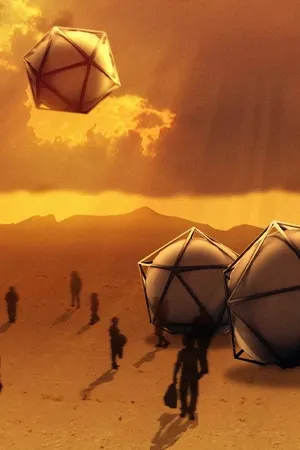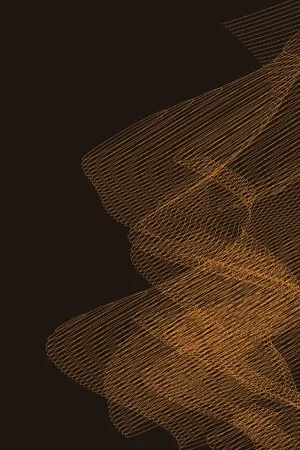
Playing with Python
The work on this page is a series of projects from a seminar at Ohio State that focused on developing skills in programming (specifically, Python in Rhino 6). The course was taught by Erik Herrmann of Outpost Office.
Project 1
First, a project experimenting with logics, conditionals, and loops to create a myriad of parts that were later combined into an abstract composition (a la Anni Albers's Typewriter Study or Archizoom's No-Stop City). In total, there are 5 separate but identical scripts at play, each working exclusively with text in a grid.
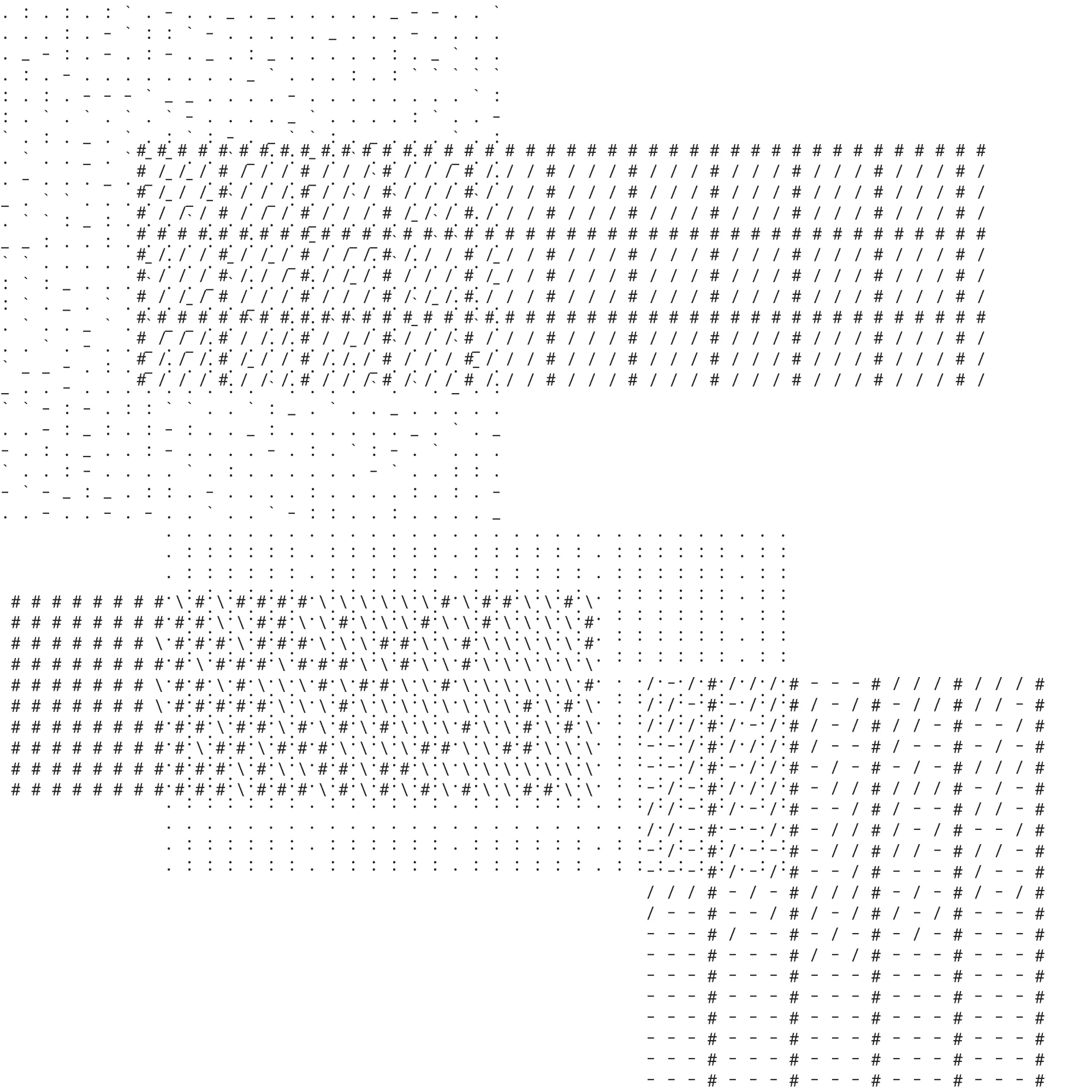
Project 2
This second project was inspired heavily by Sol Lewitt and his geometric, machine-like artwork that often derived from the simplest of instructions. Below on the left is an example of his instructions, and to the right of that are the instructions I created for this project. Below both sets of instructions are a series of results from my own rules.
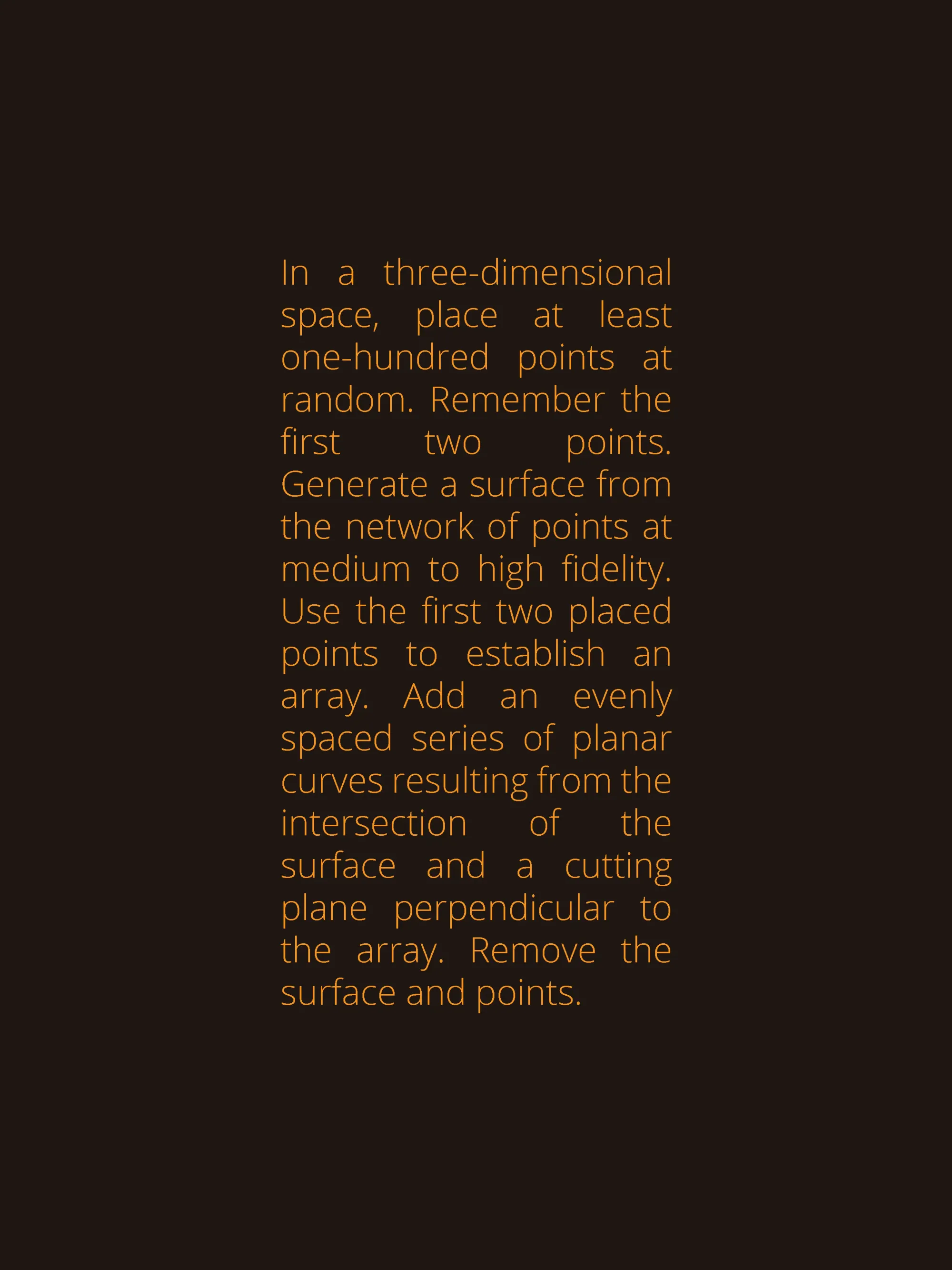
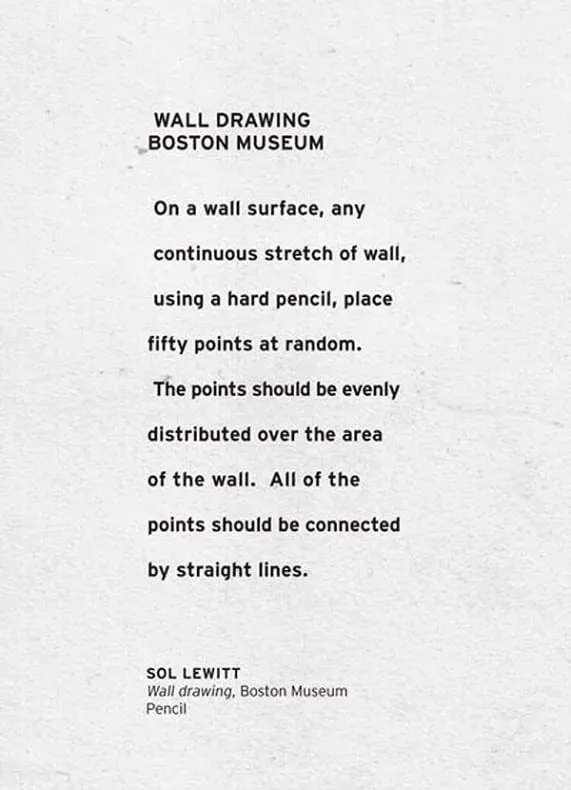
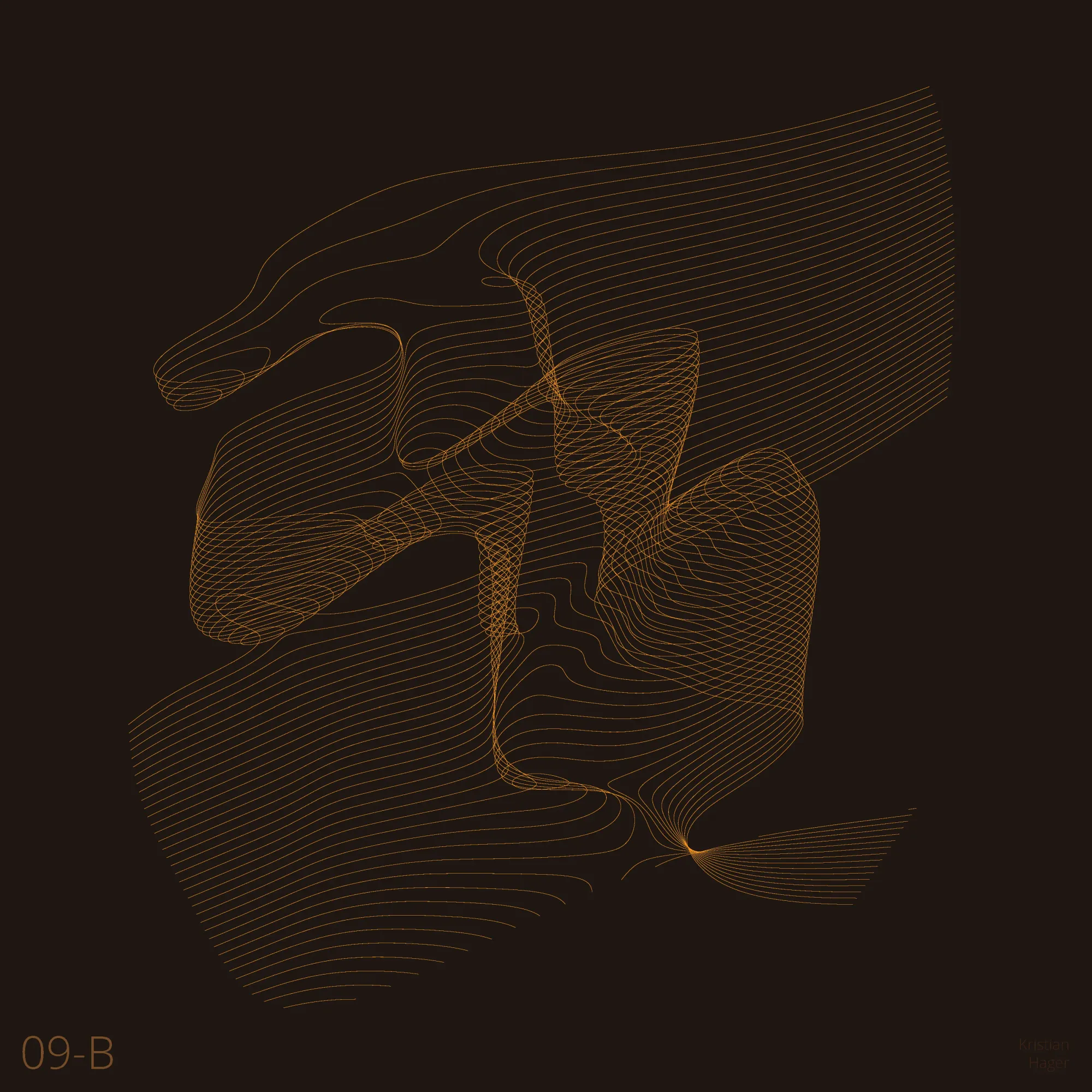
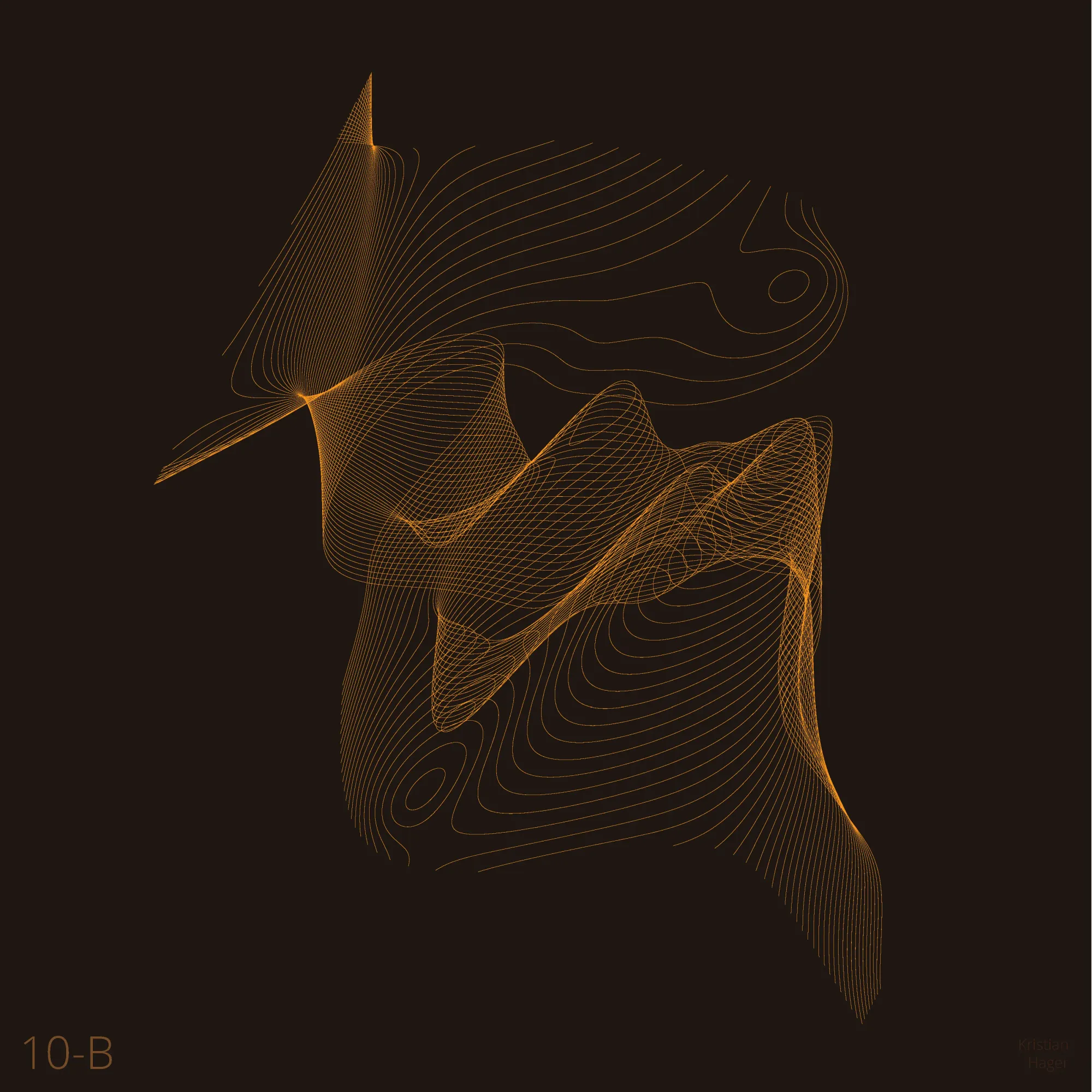
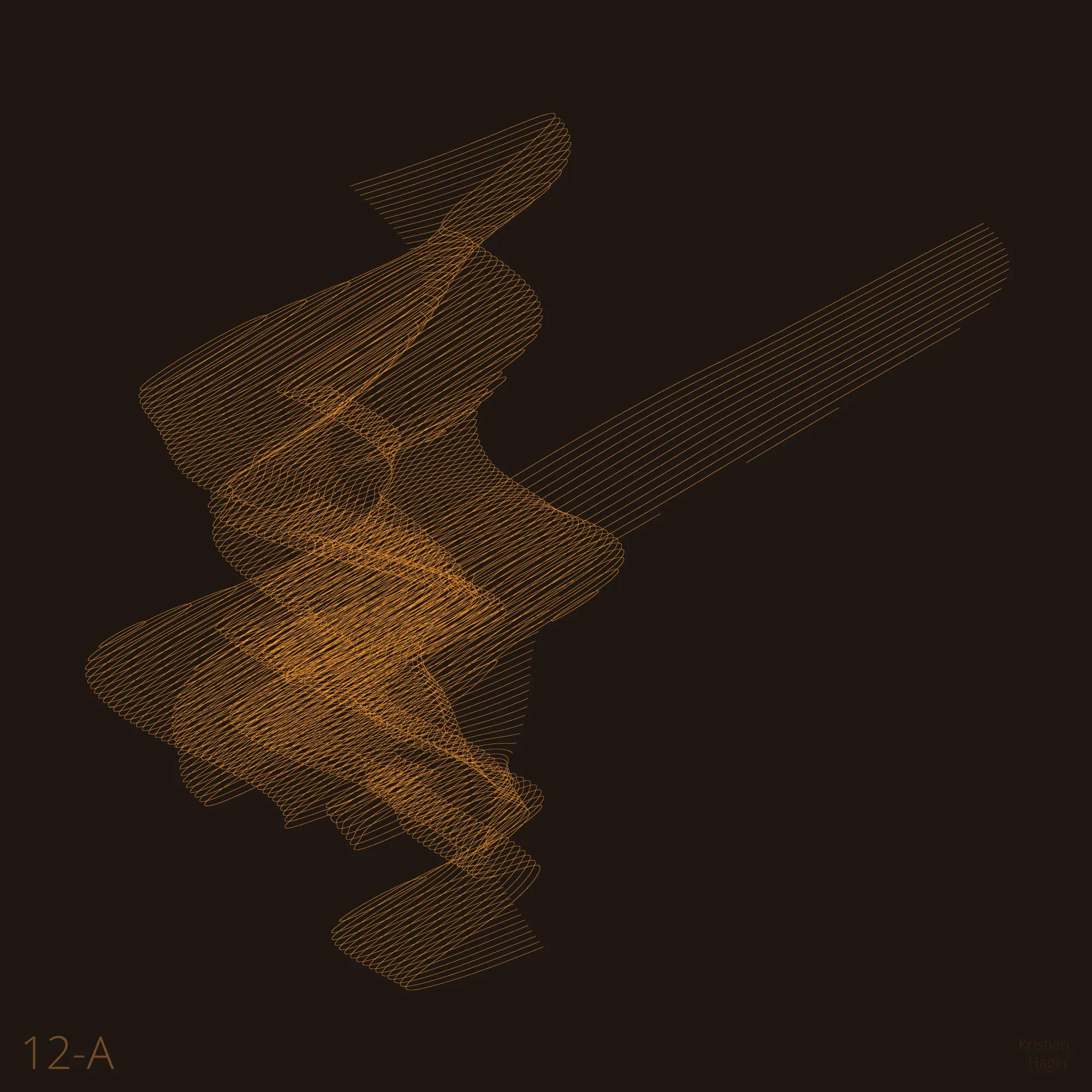
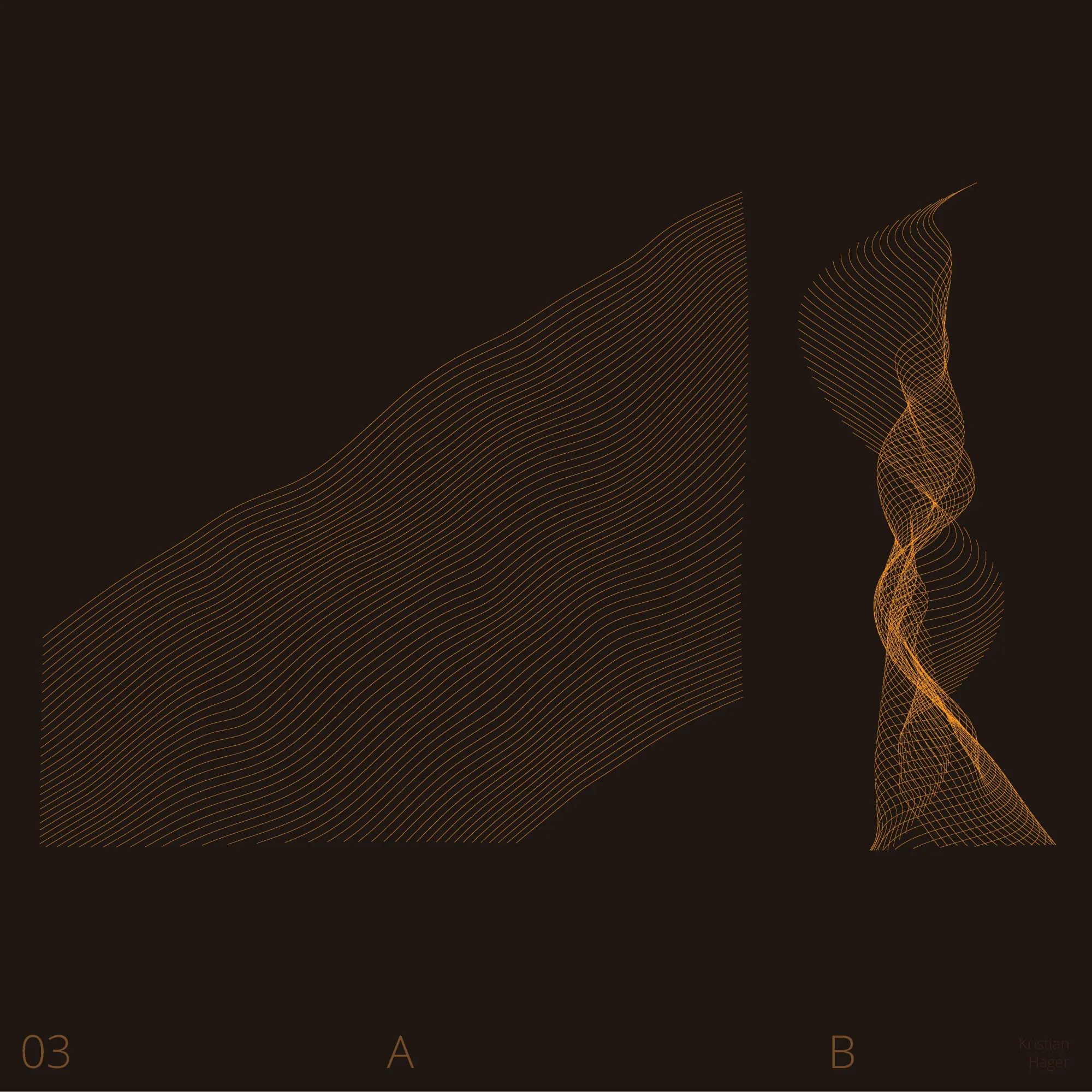
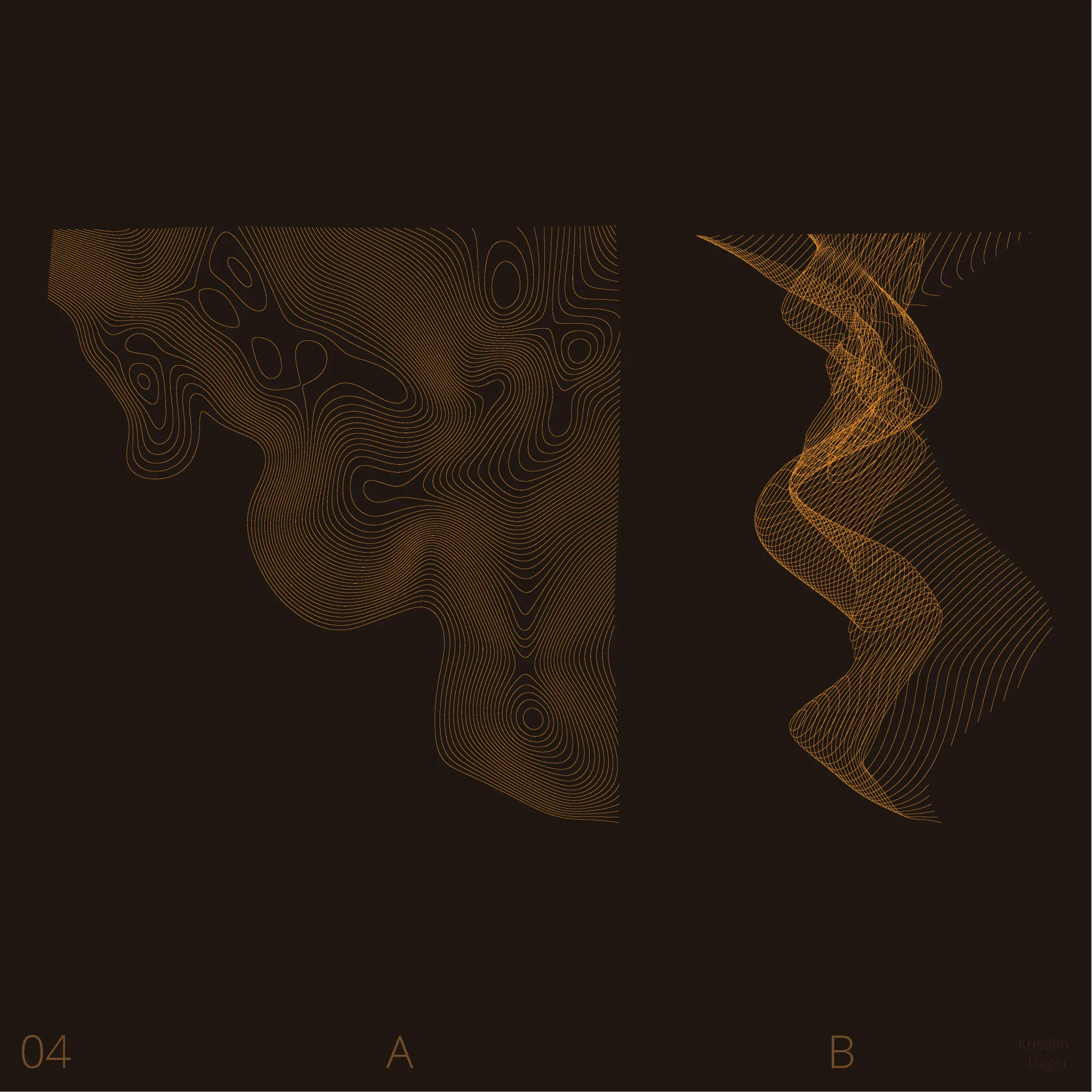
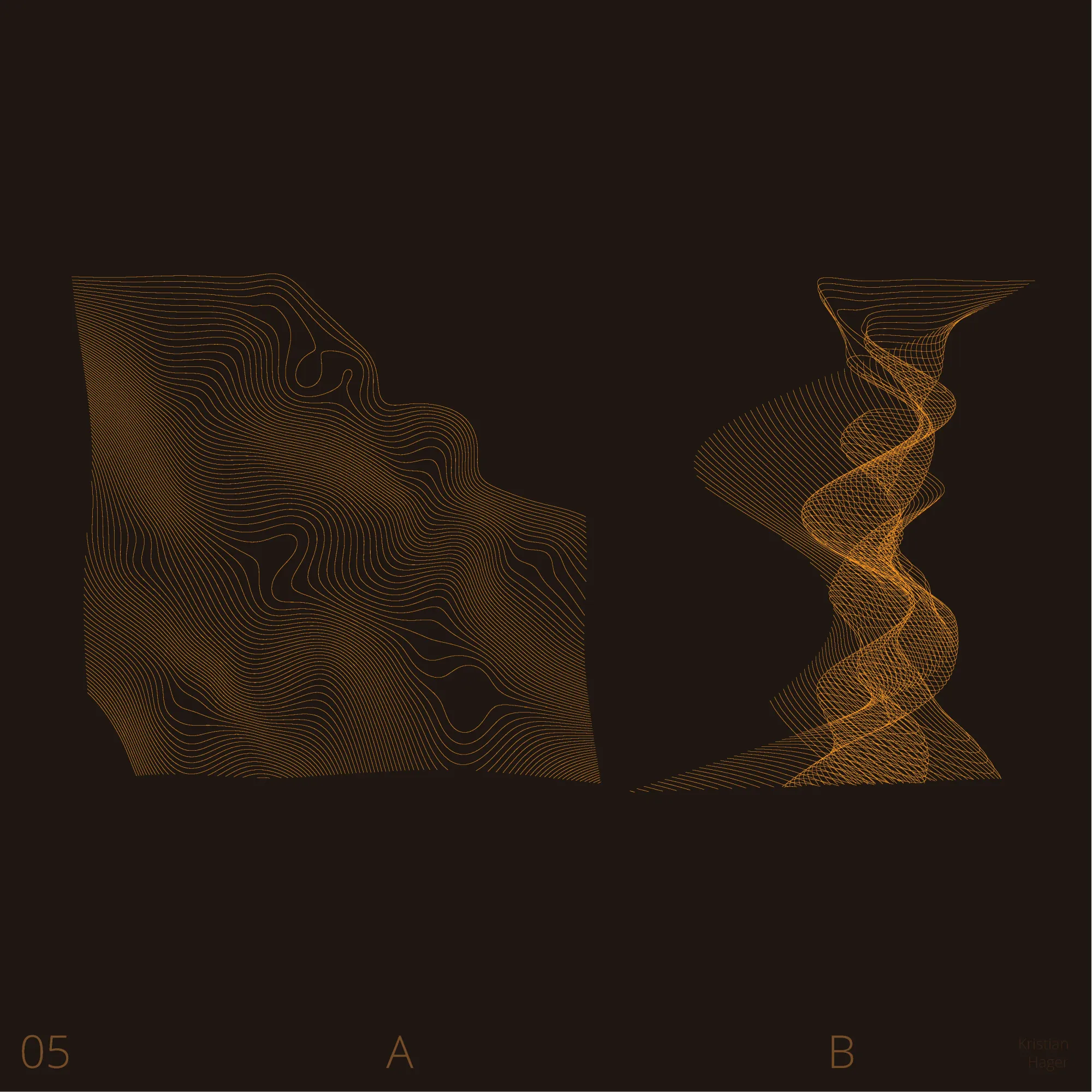
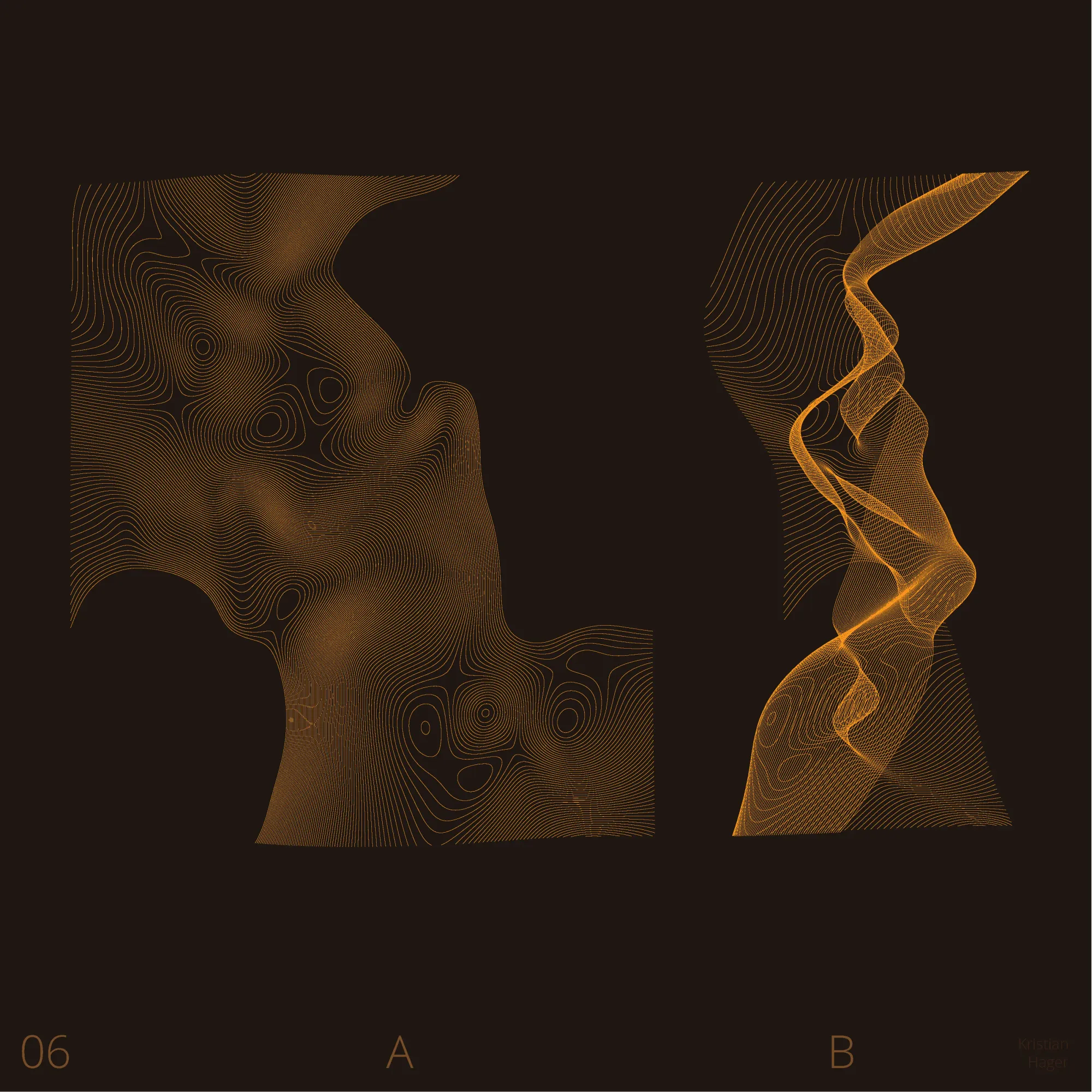
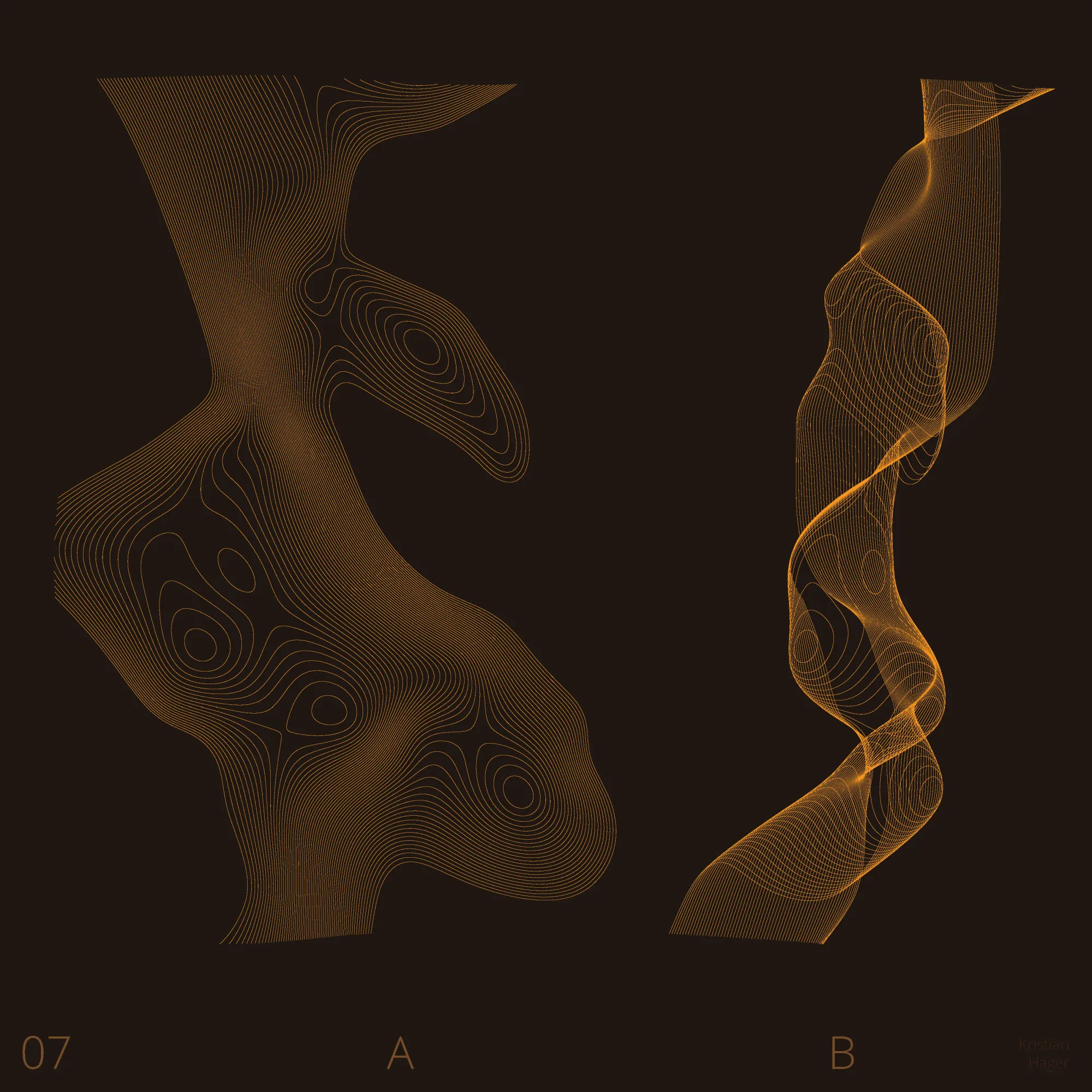
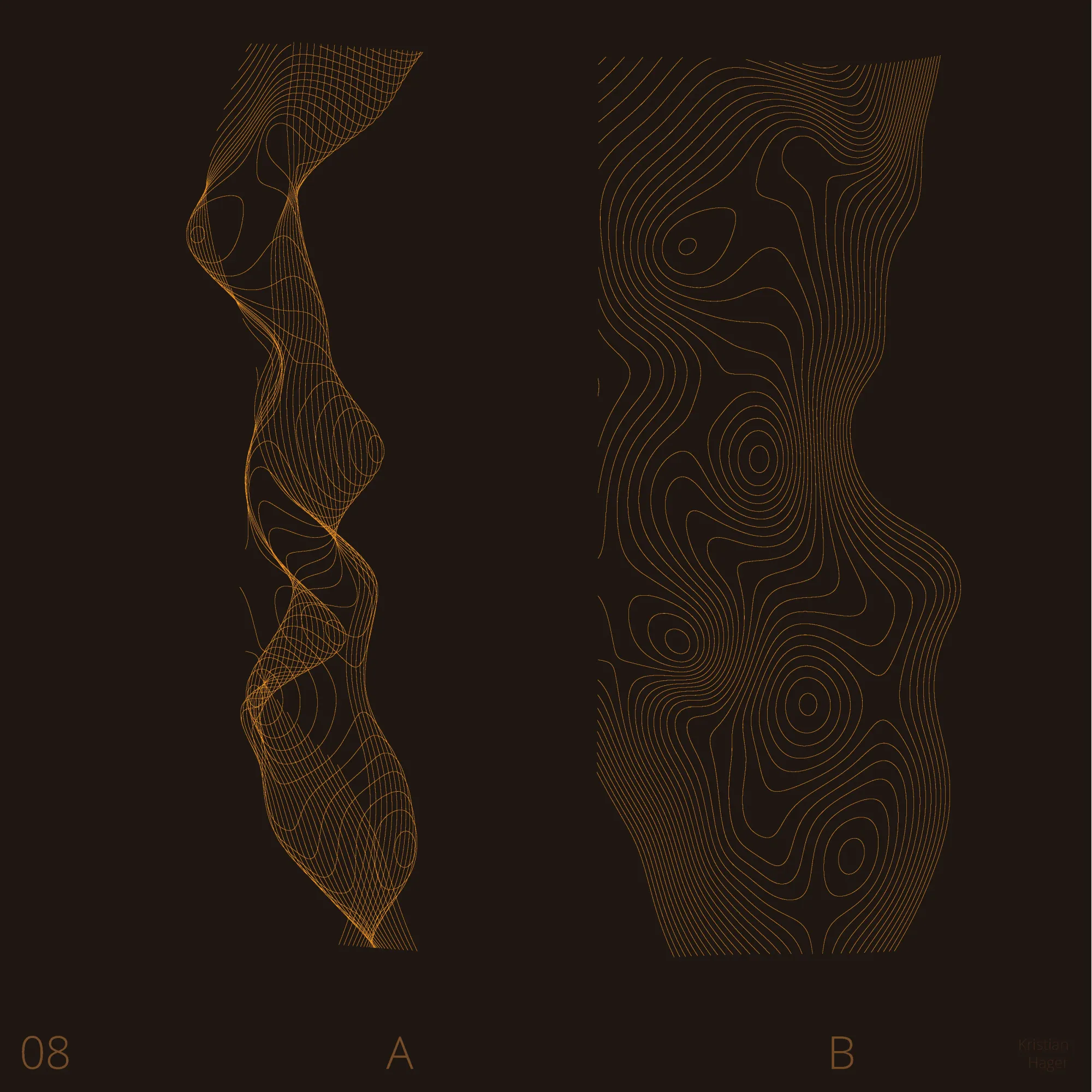
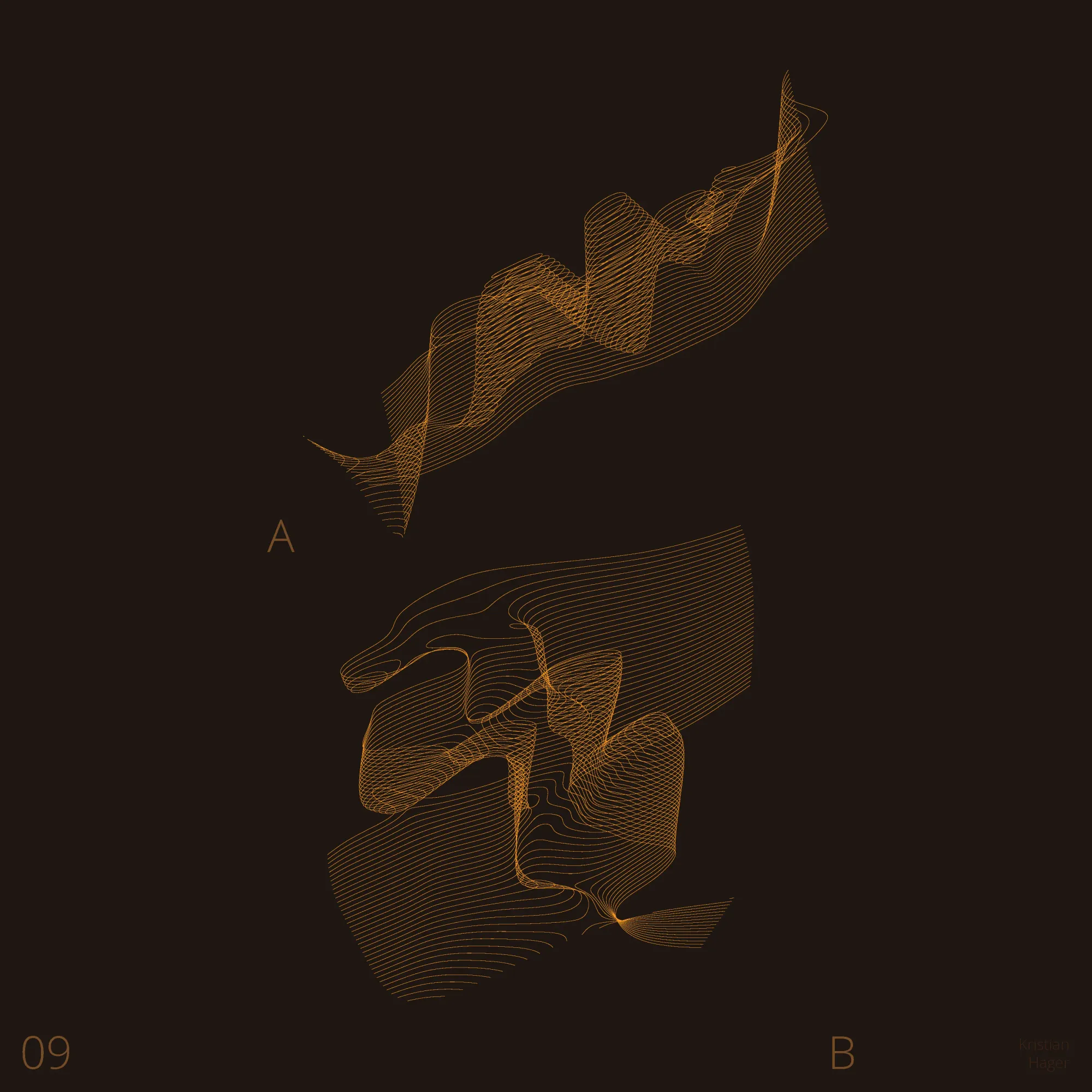
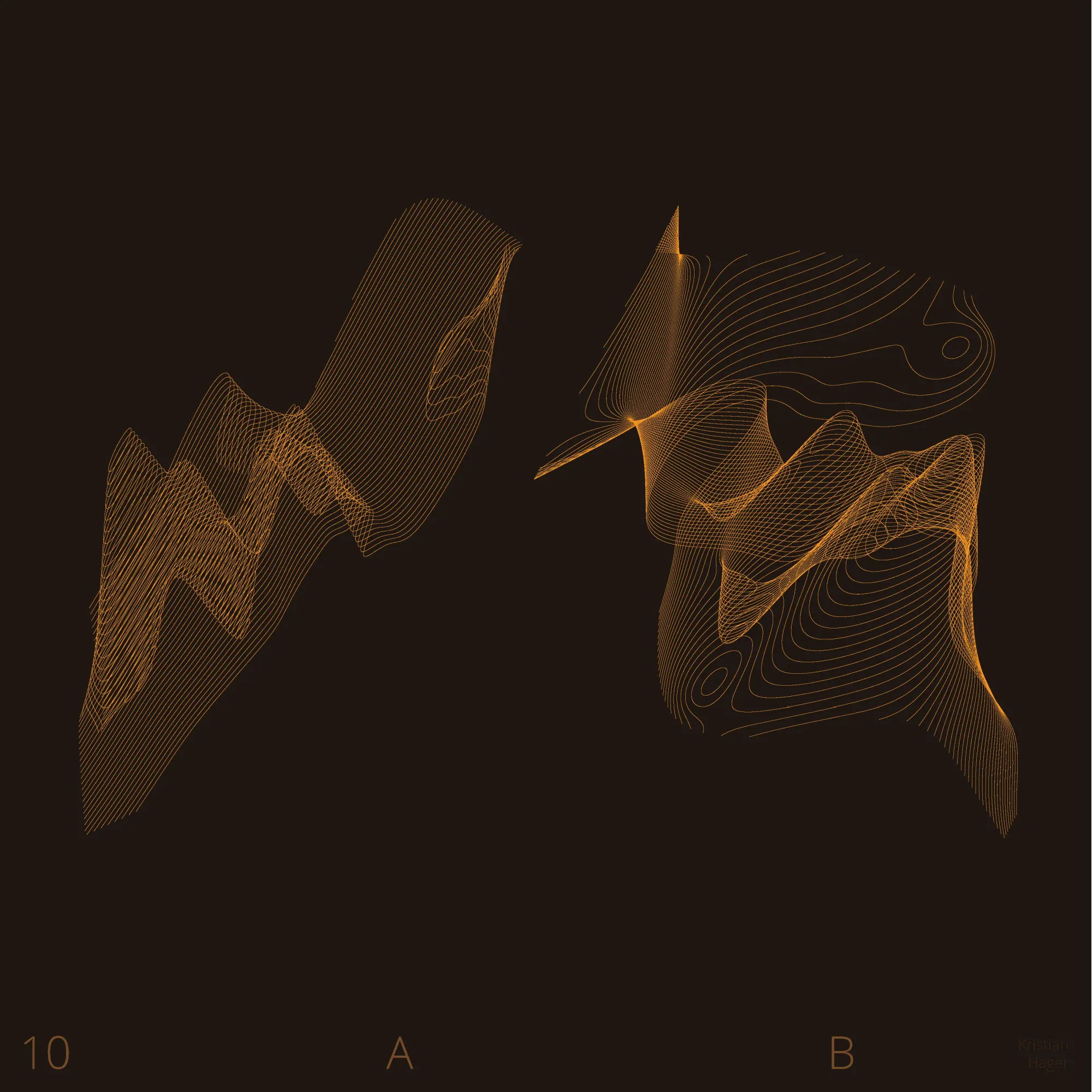
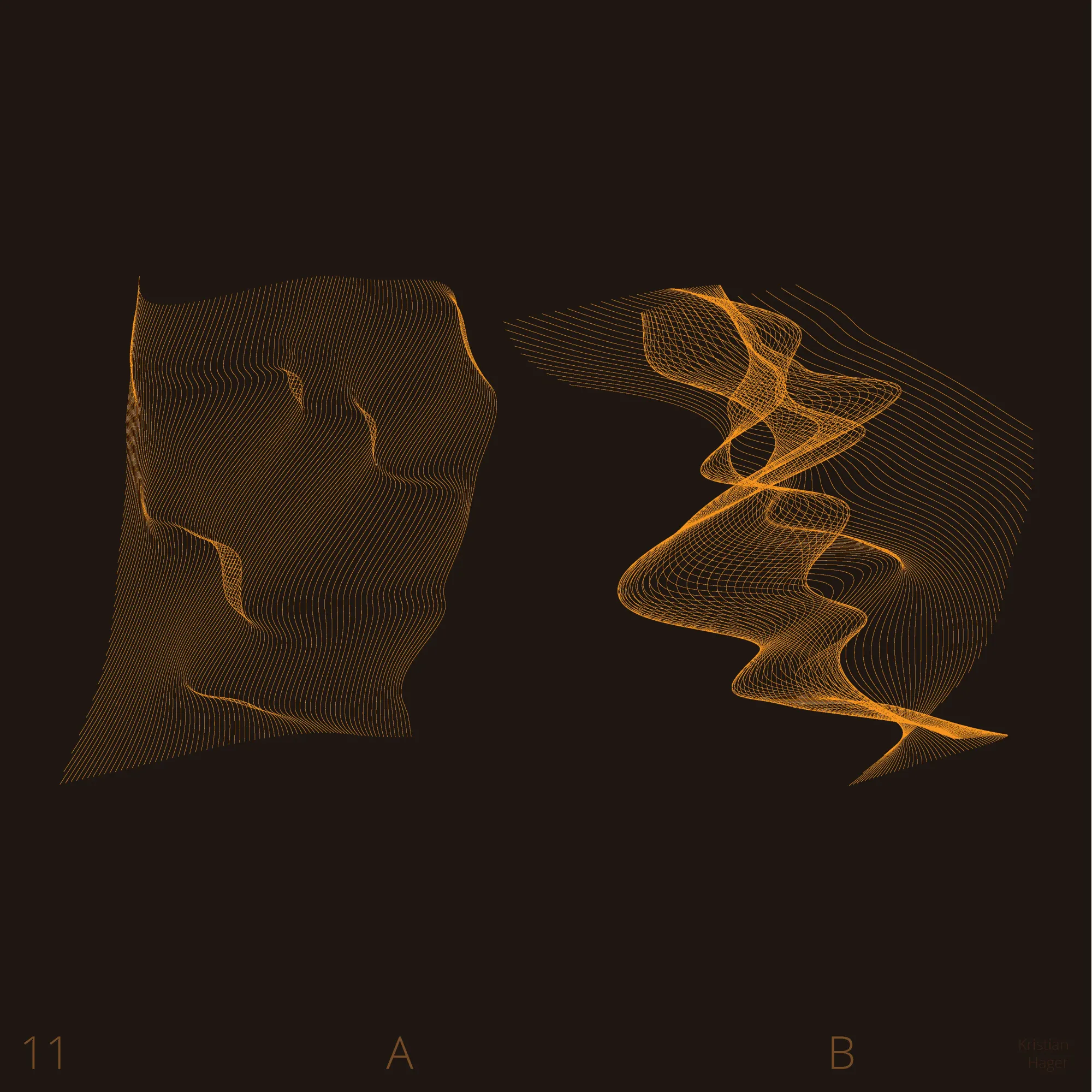
Project 3
The basis of this project was to take a collection of individual elements (in this case 2D rectangles) and apply a transformation that works with a Python library. I used a hidden set of points and the centroid of each rectangle to establish a sort-of proximity map that was then used to extrude each rectangle accordingly. I then began to move the invisible points, leading to the wave-like effect. Inspired by /u/thebuffed from /r/generative, who produced something similar using Processing. I wanted to try my hand at it using Python and Rhinoceros.
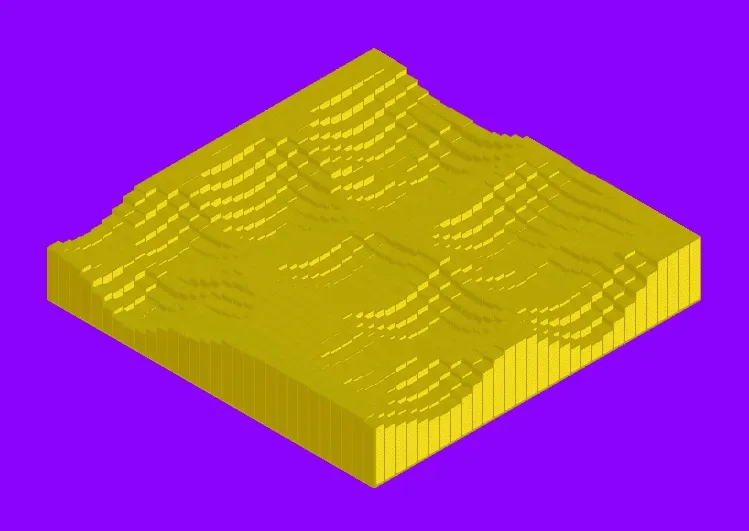
Project 4
This project was, admittedly, the one I spent the least amount of time on. The objective was to use a supplied script that affected the UV of surfaces in a creative way that produced an interesting animation. Time constraints kept me from really diving too deep into the how of this project, so I don't have much to say. It is kind of fun to watch on a loop.
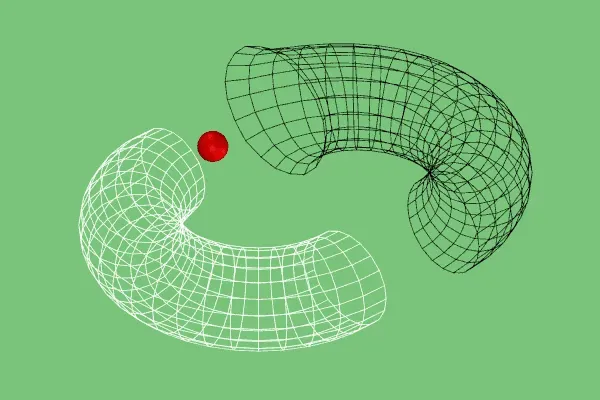
Project 5
This project attempted to use permutations, 2D elements, and hatching in Rhino as a sort-of homage to Anni Albers and her textile studies.
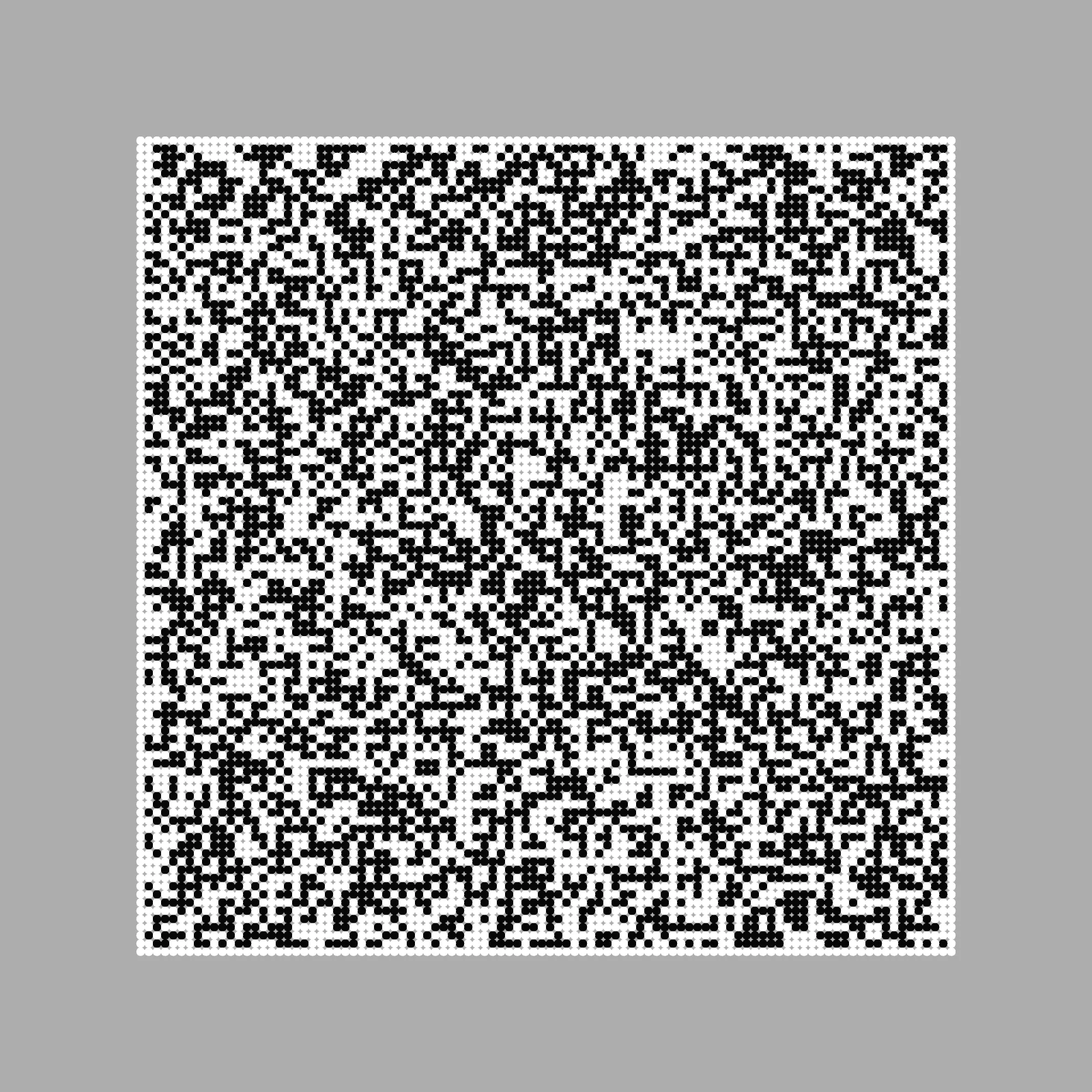
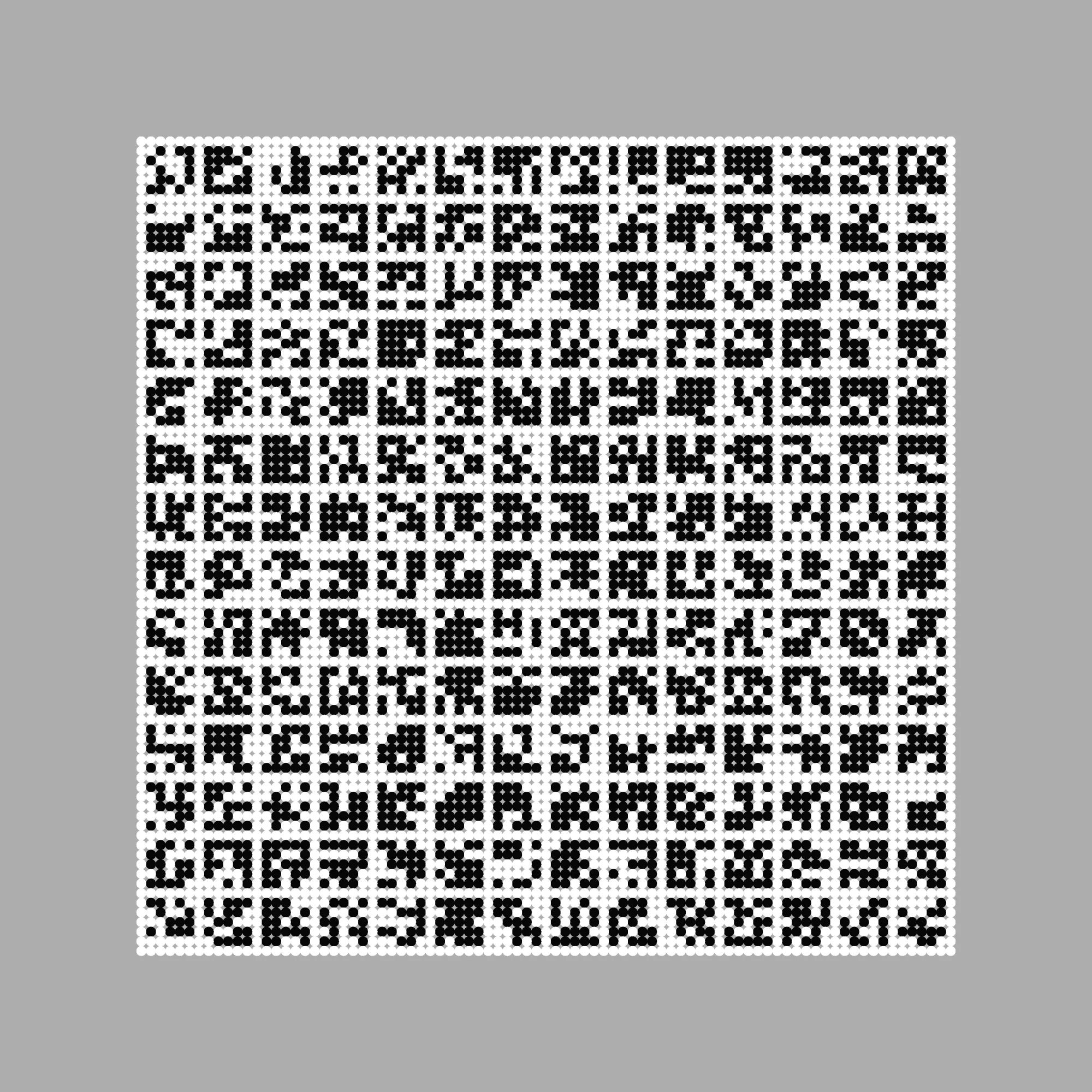
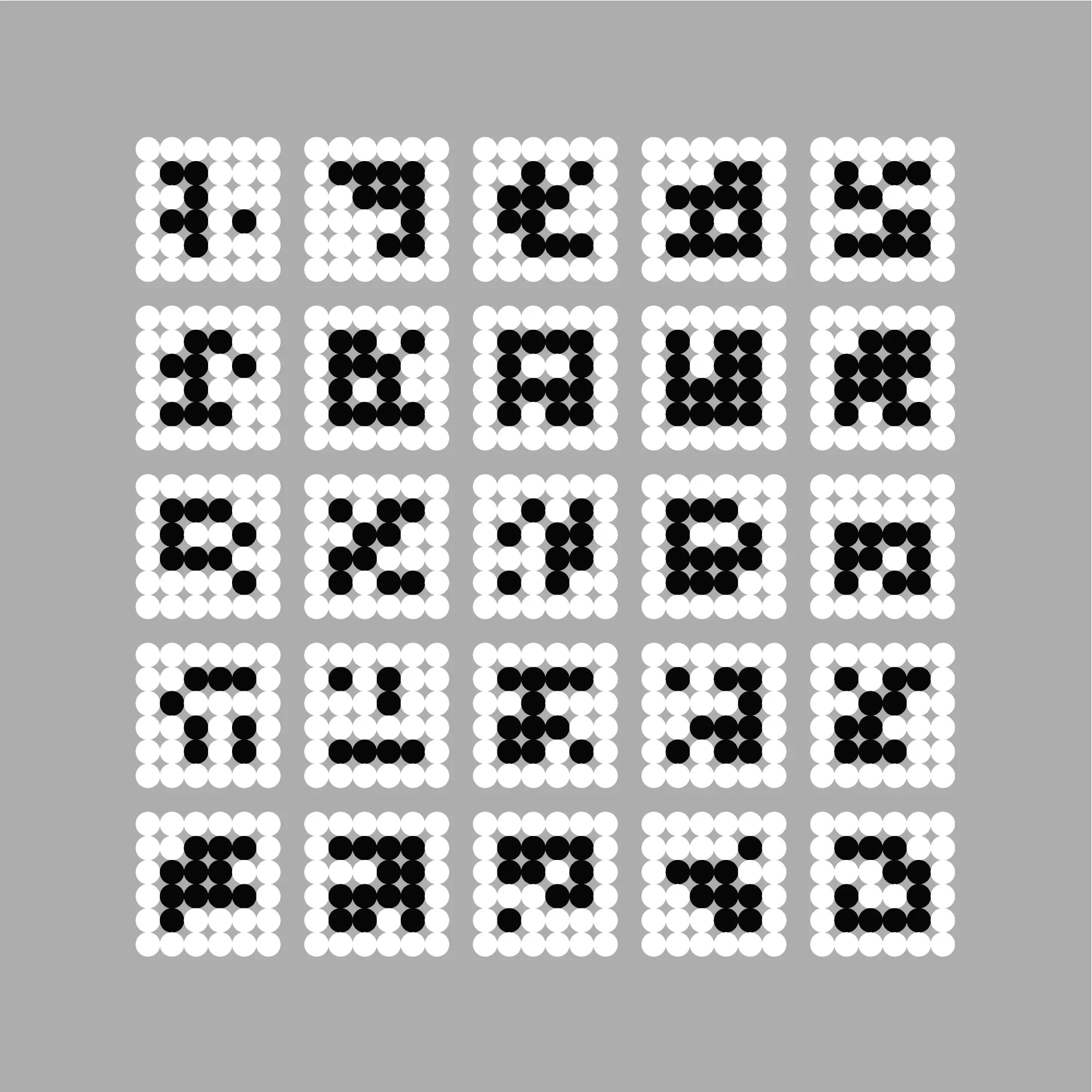
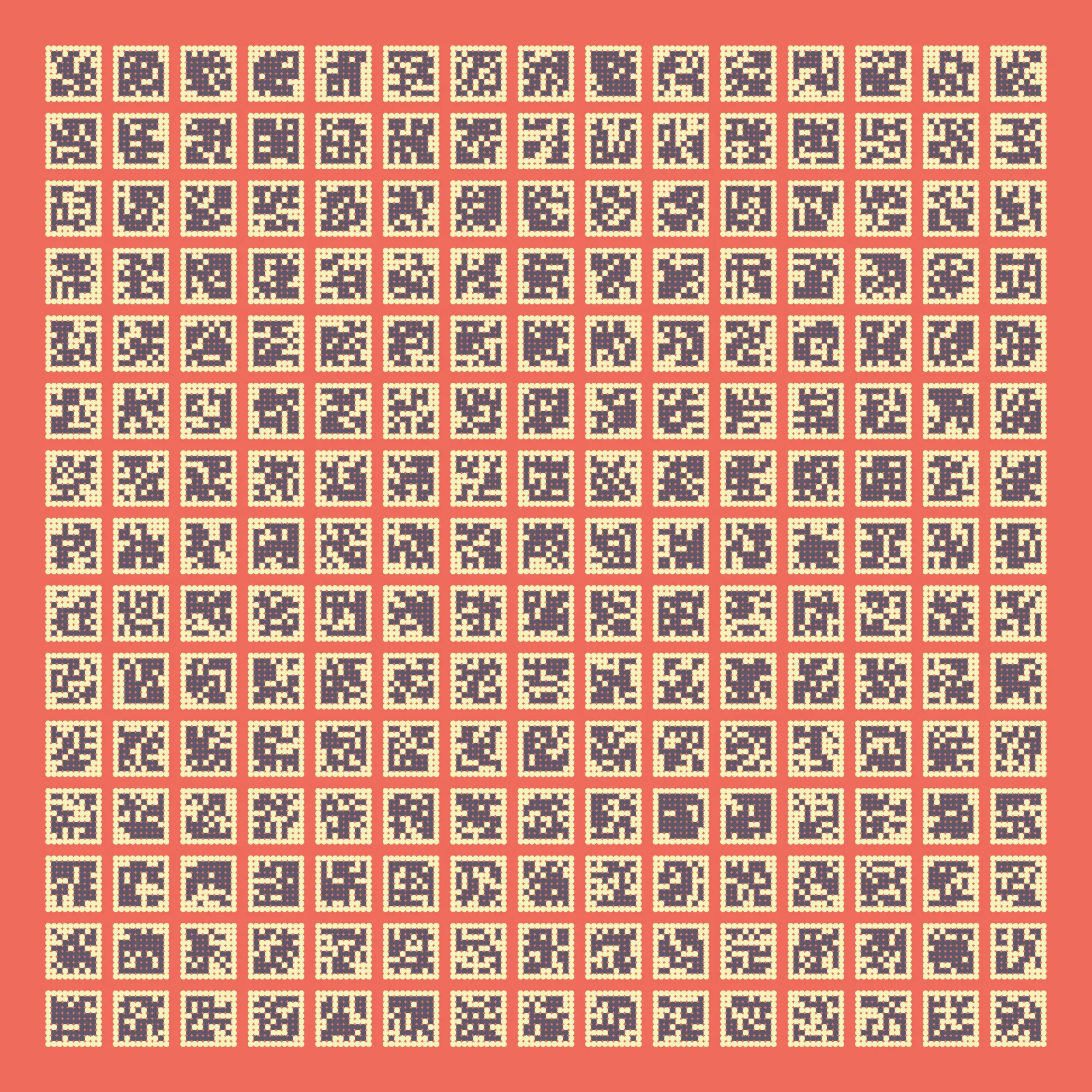
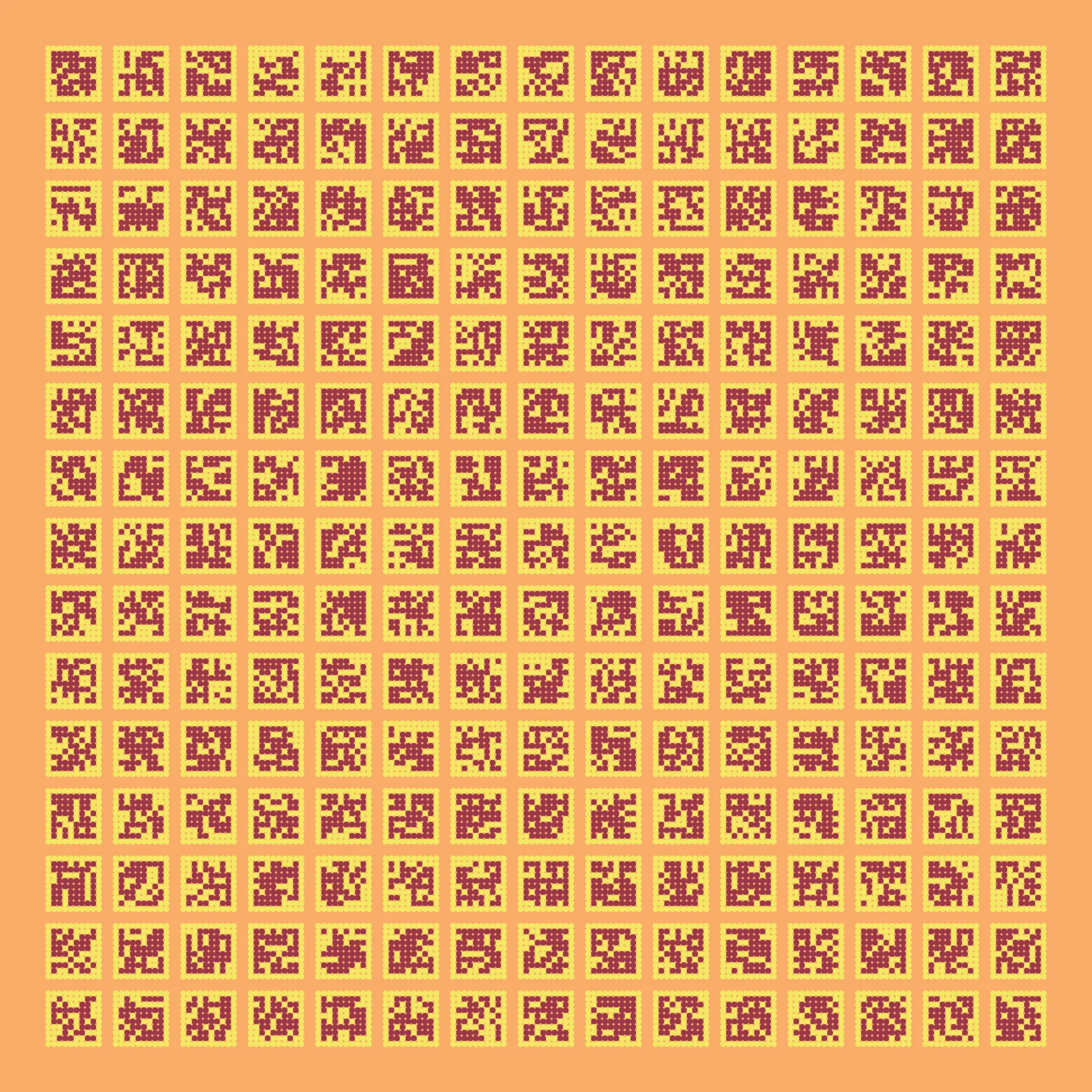
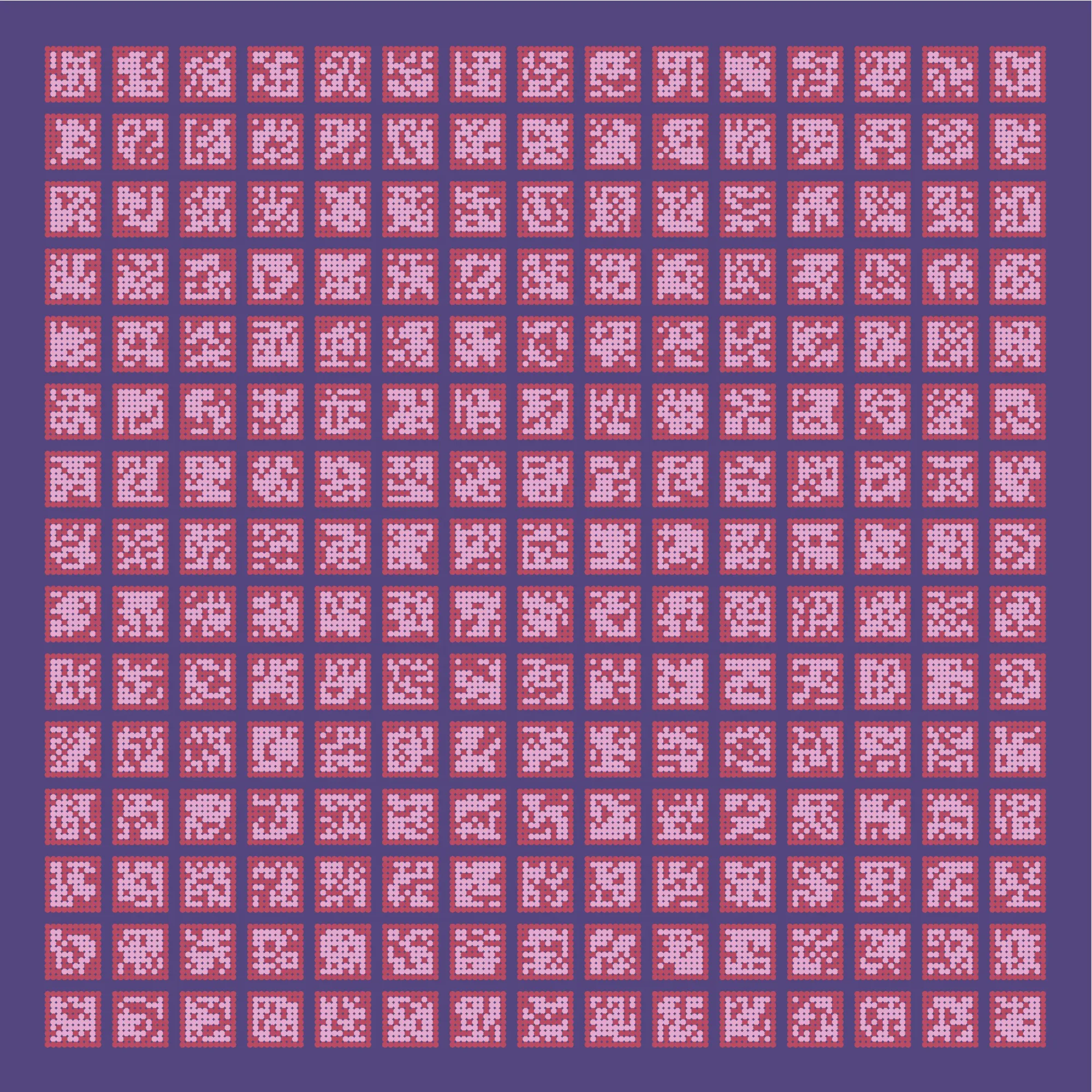
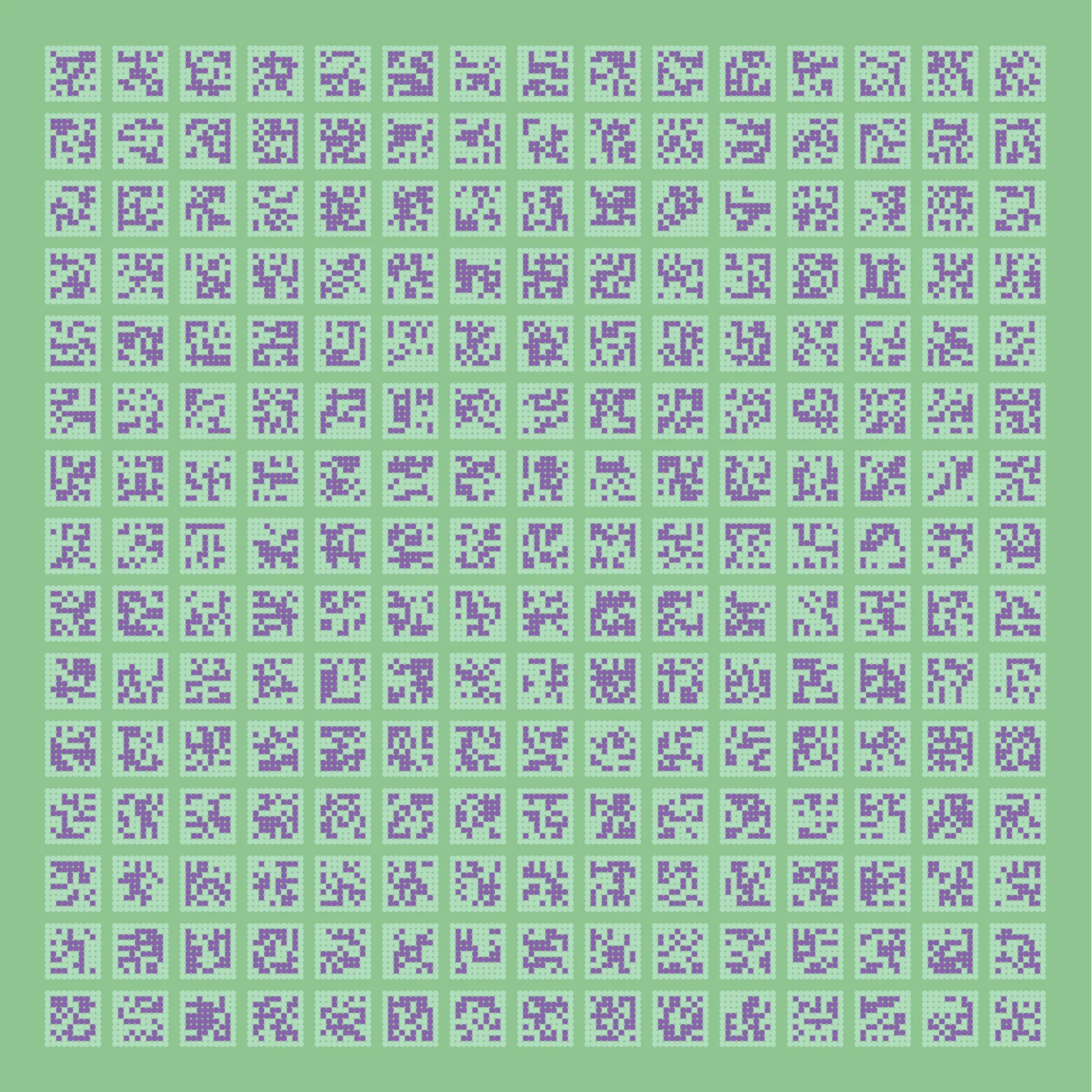
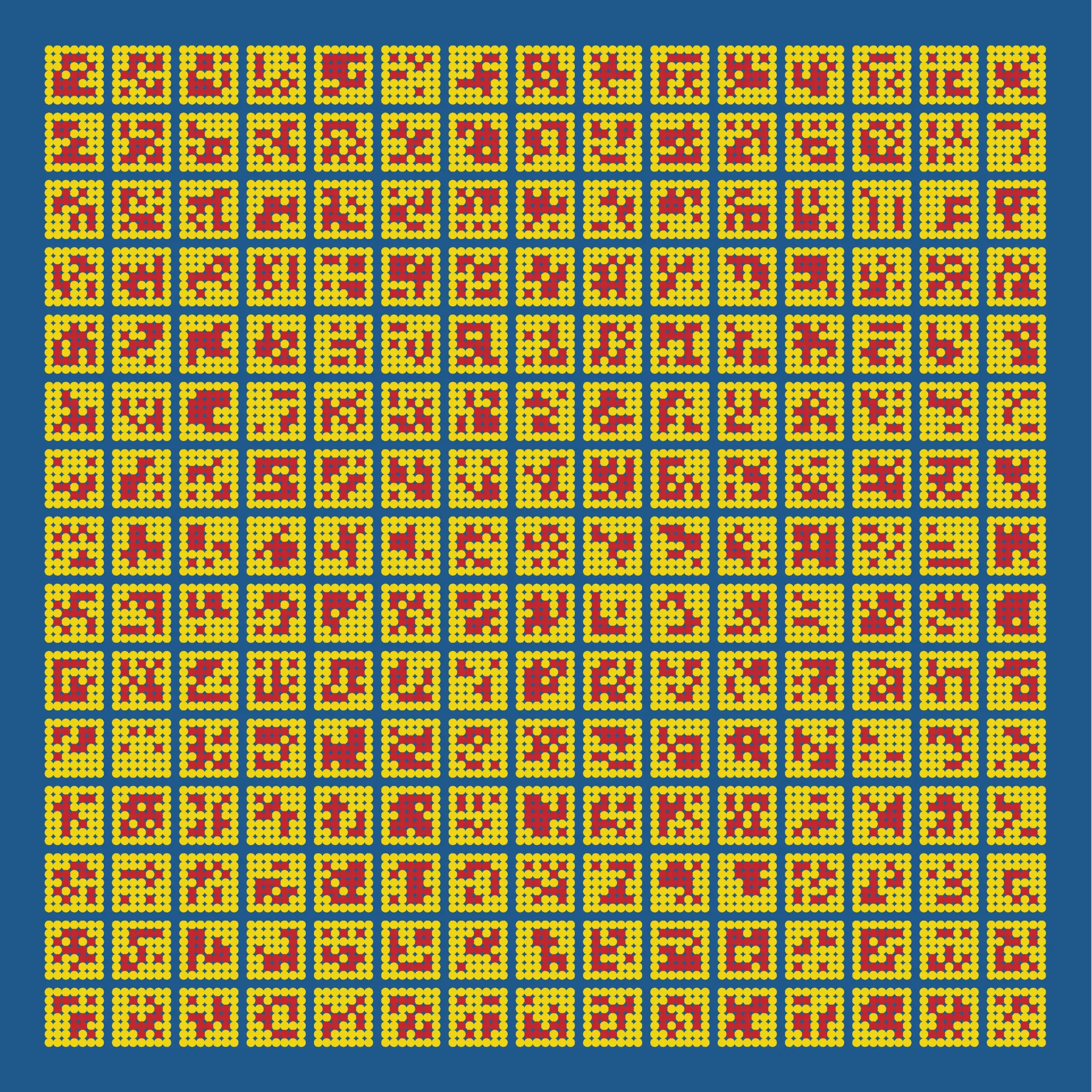
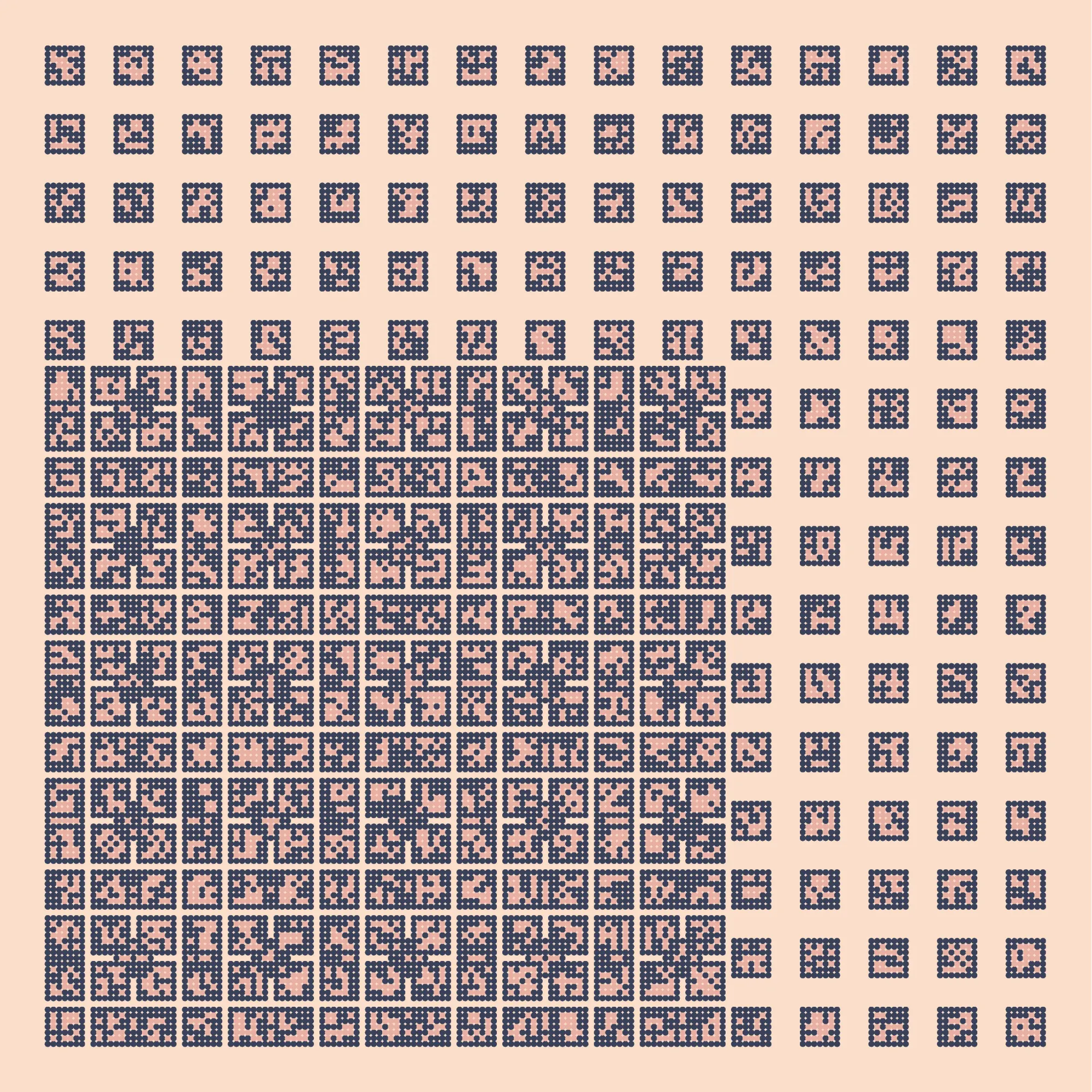
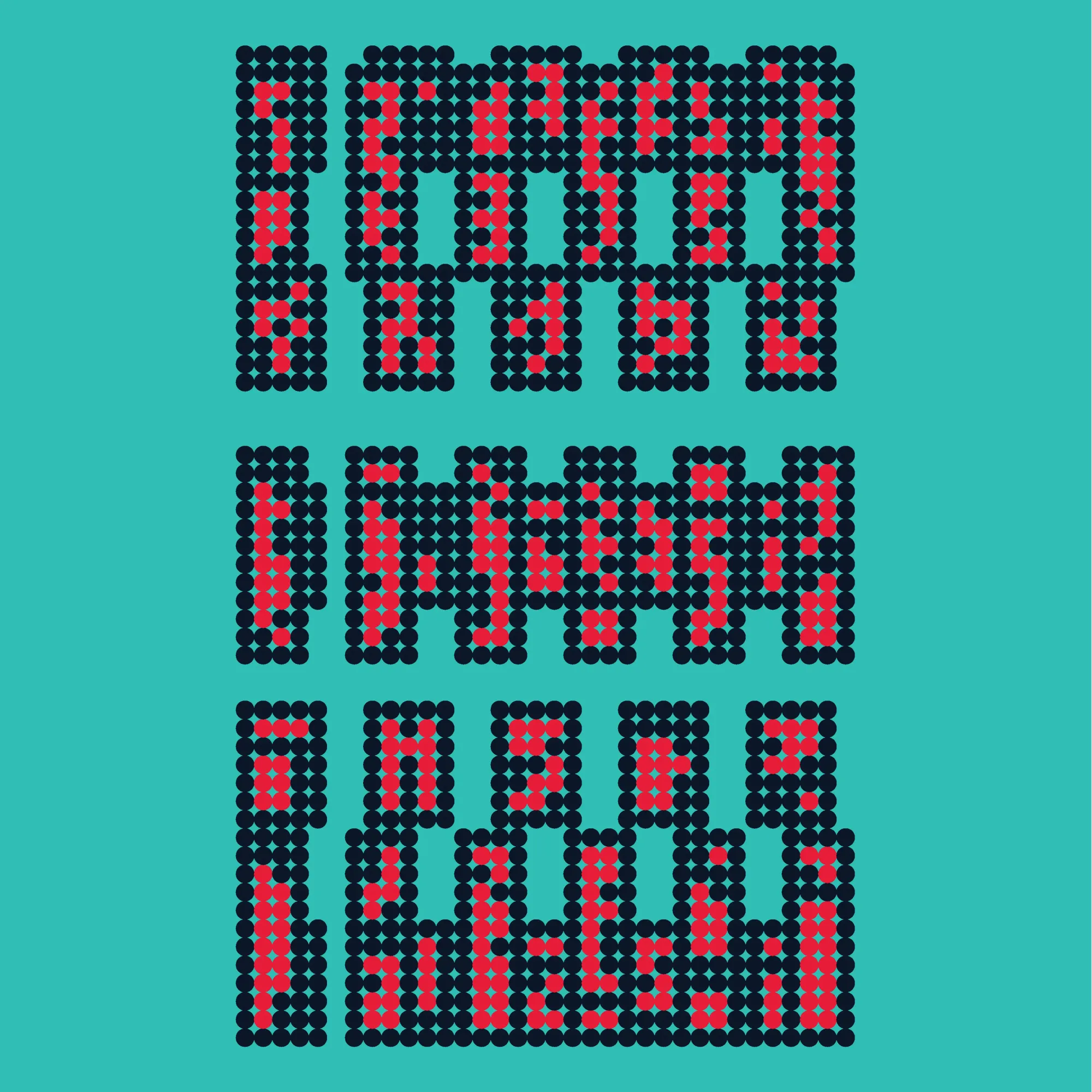
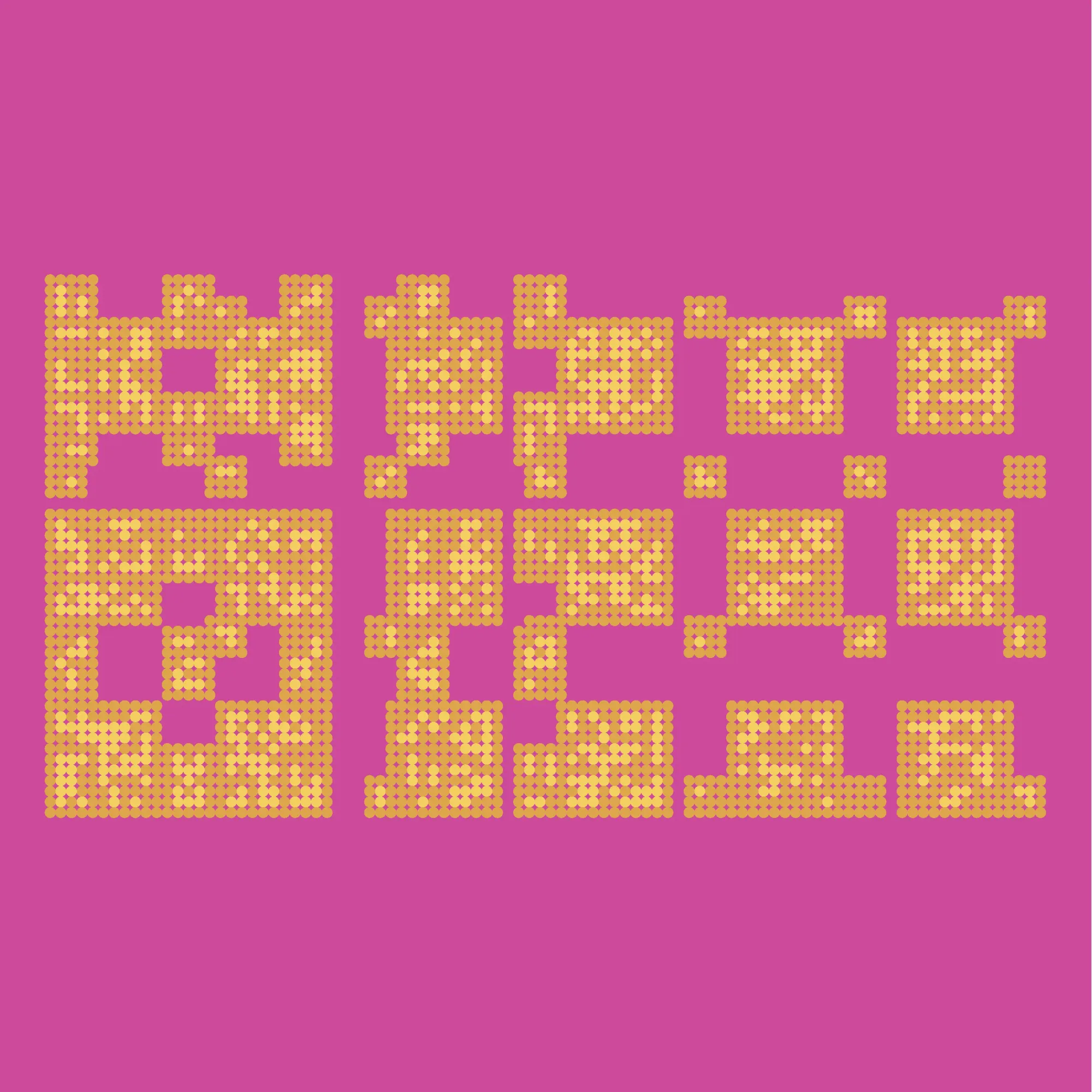
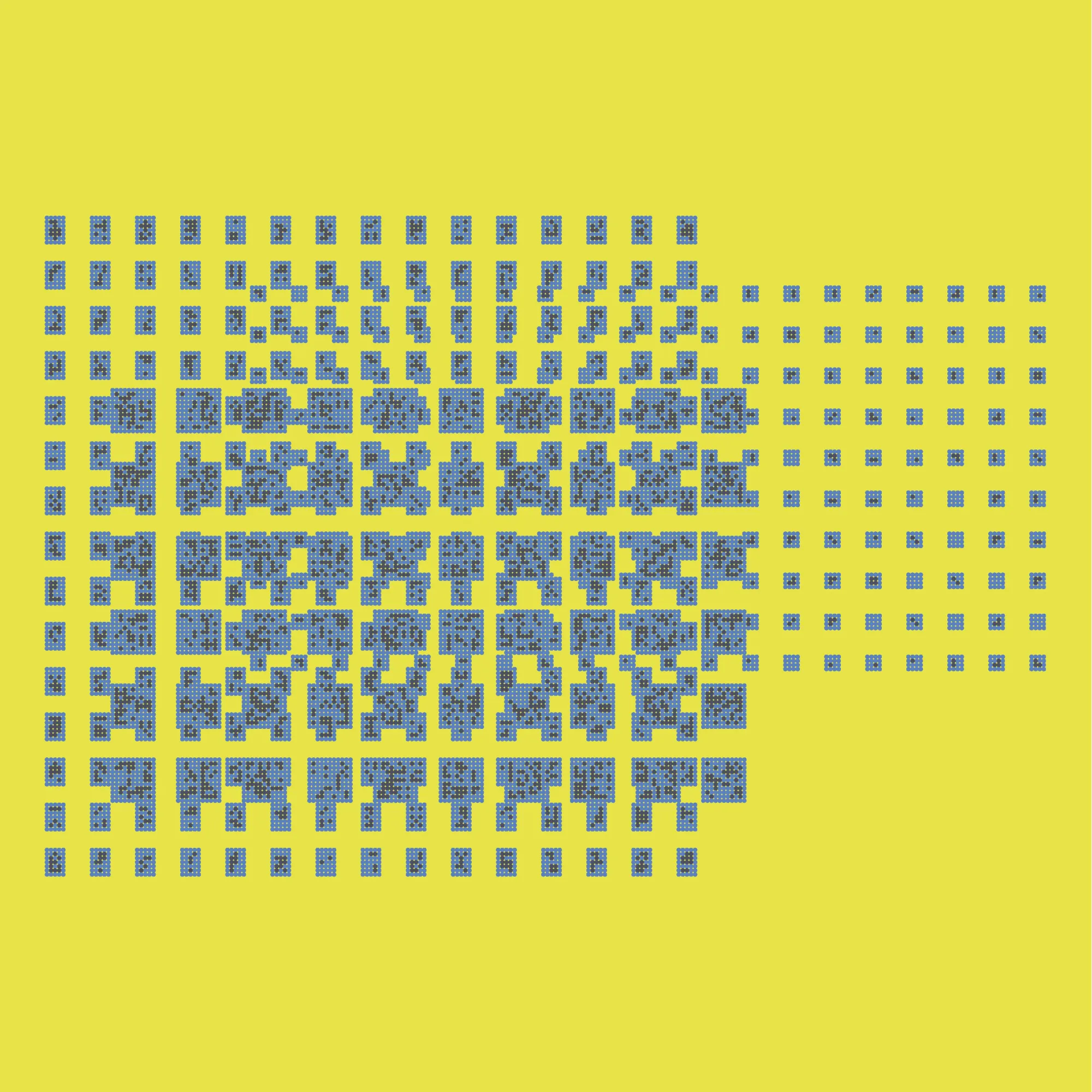
Project 6
This project might be a bit hard to explain, but I'll give it a shot. First, I developed a quick Grasshopper script that assembled a closed, curving loop (the orange line in the examples below). Next, I made a small set of simple shapes and nicknamed them largely after RPG dice: d4, d6, d12, d20, meteorite, and 'rhombic do' (left to right, respectively).
Next, I analyzed a single point along the orange line, and drew a line from that observed point to the centroid of one of the aforementioned shapes. The line inevitably crossed through one of the surfaces of the original shape. The form was mirrored along that face, and the cycle repeated itself, using this new shape as the point of origin.
The result was a lowered resolution construction of the original line. What I found particularly interesting with this was how more faces didn't always lead to a more accurate result.

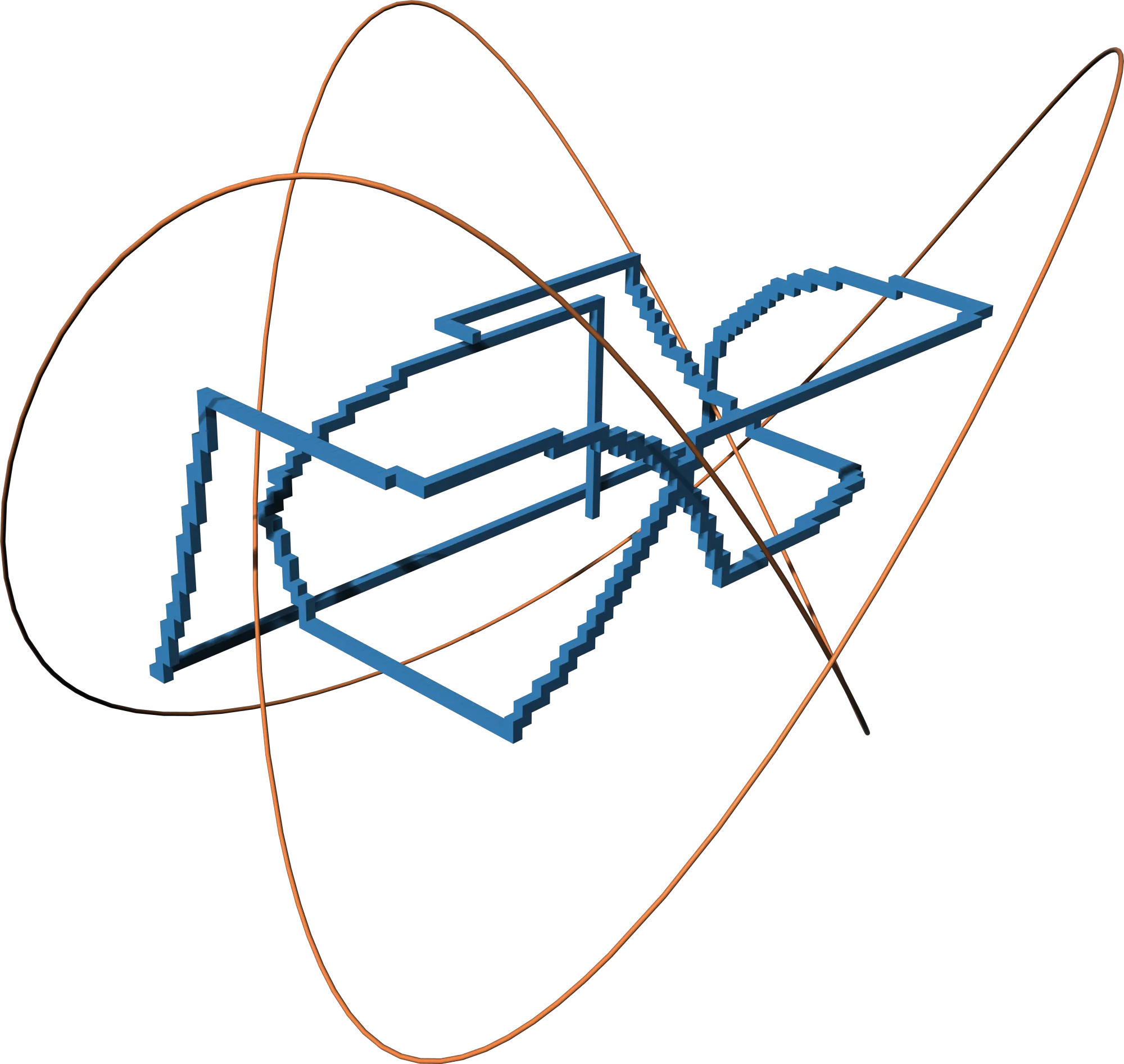
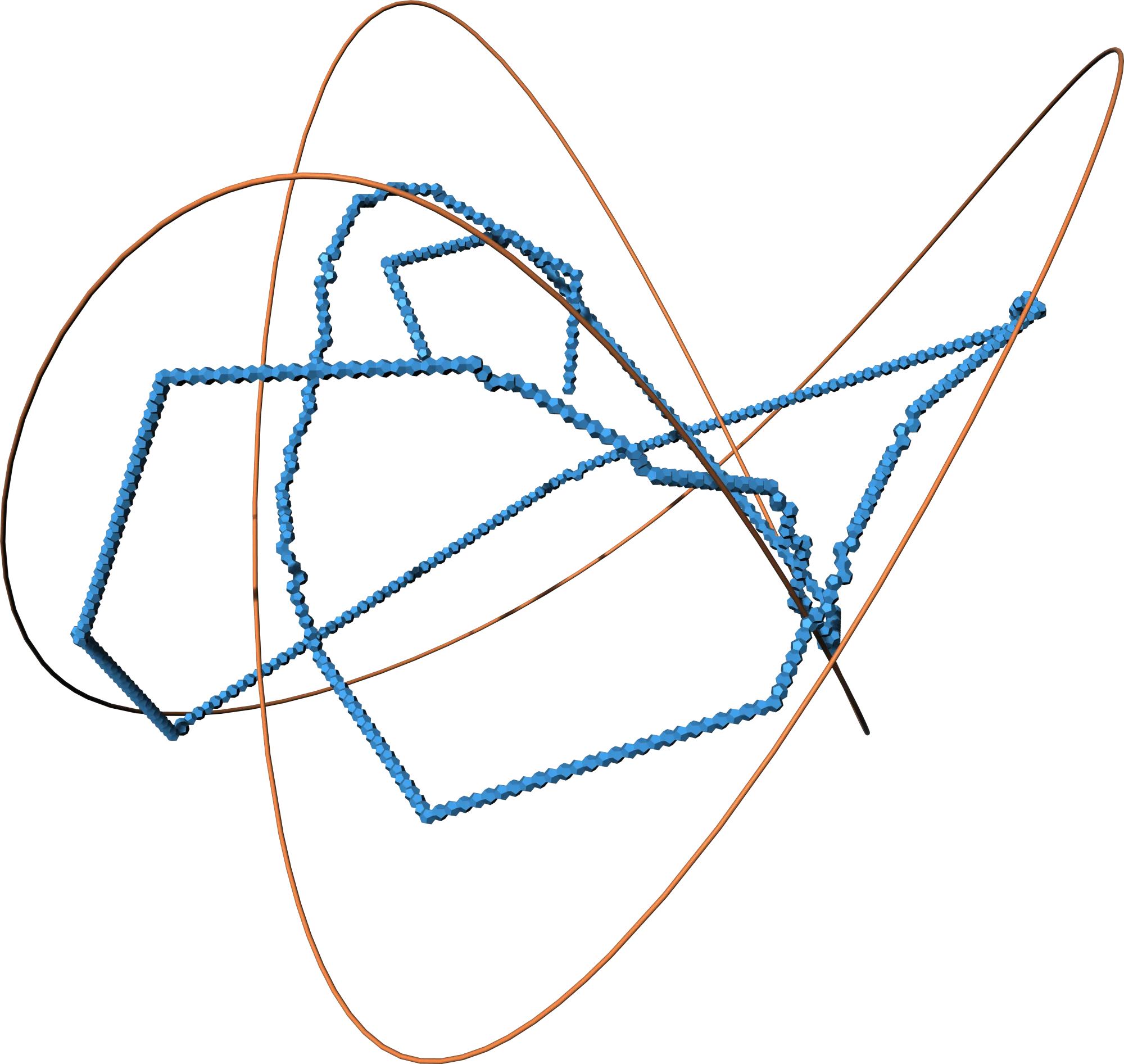
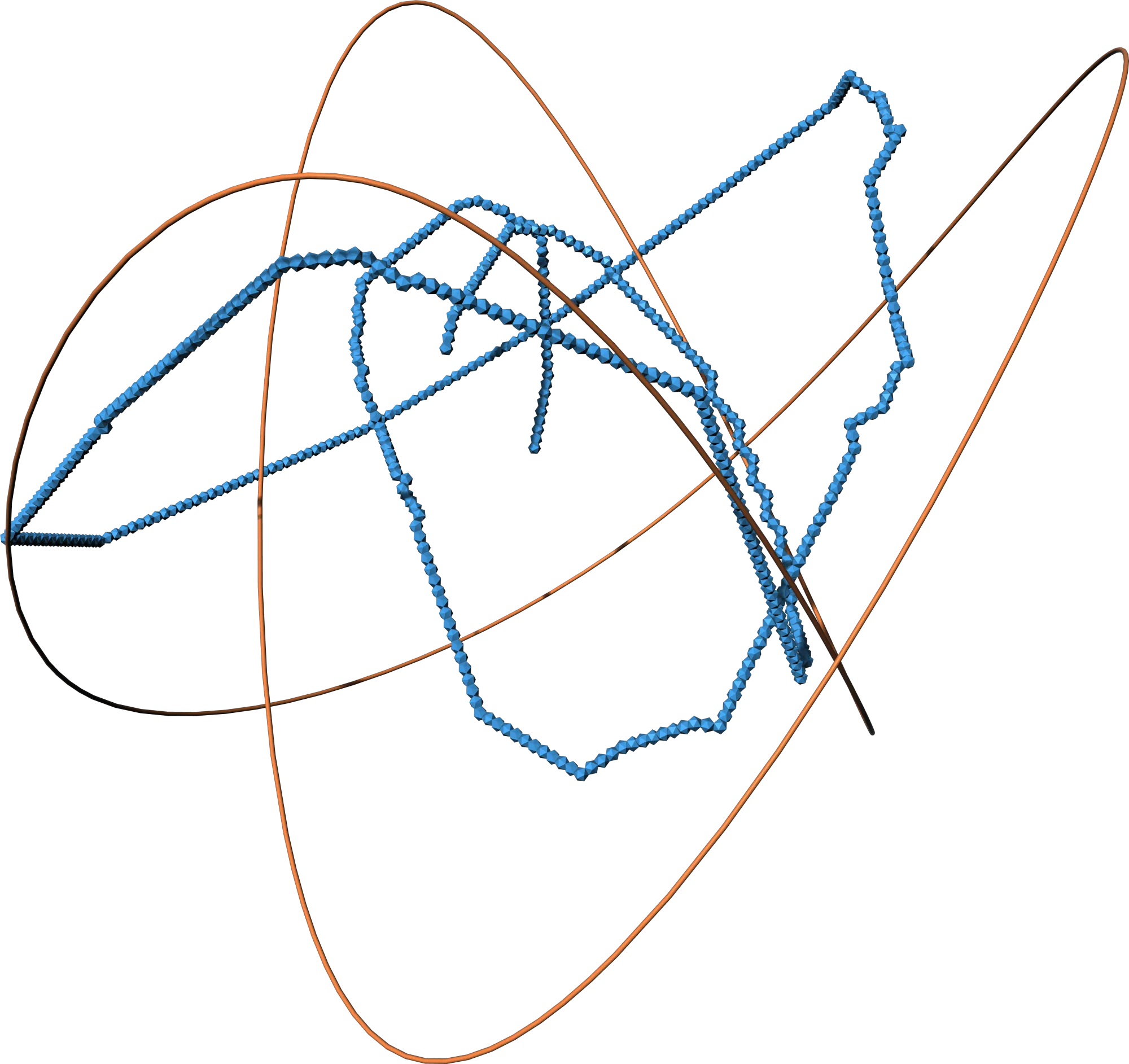
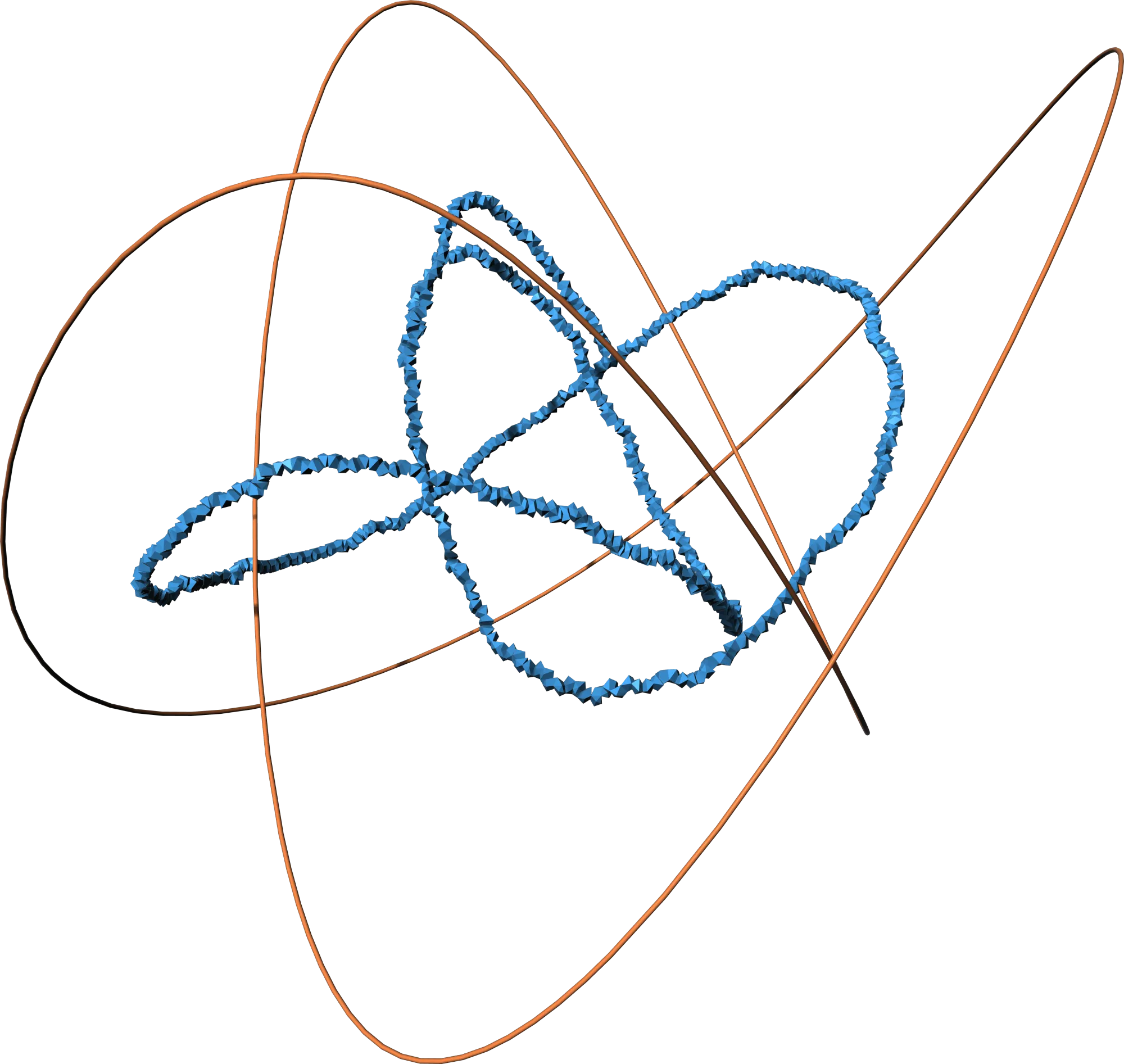
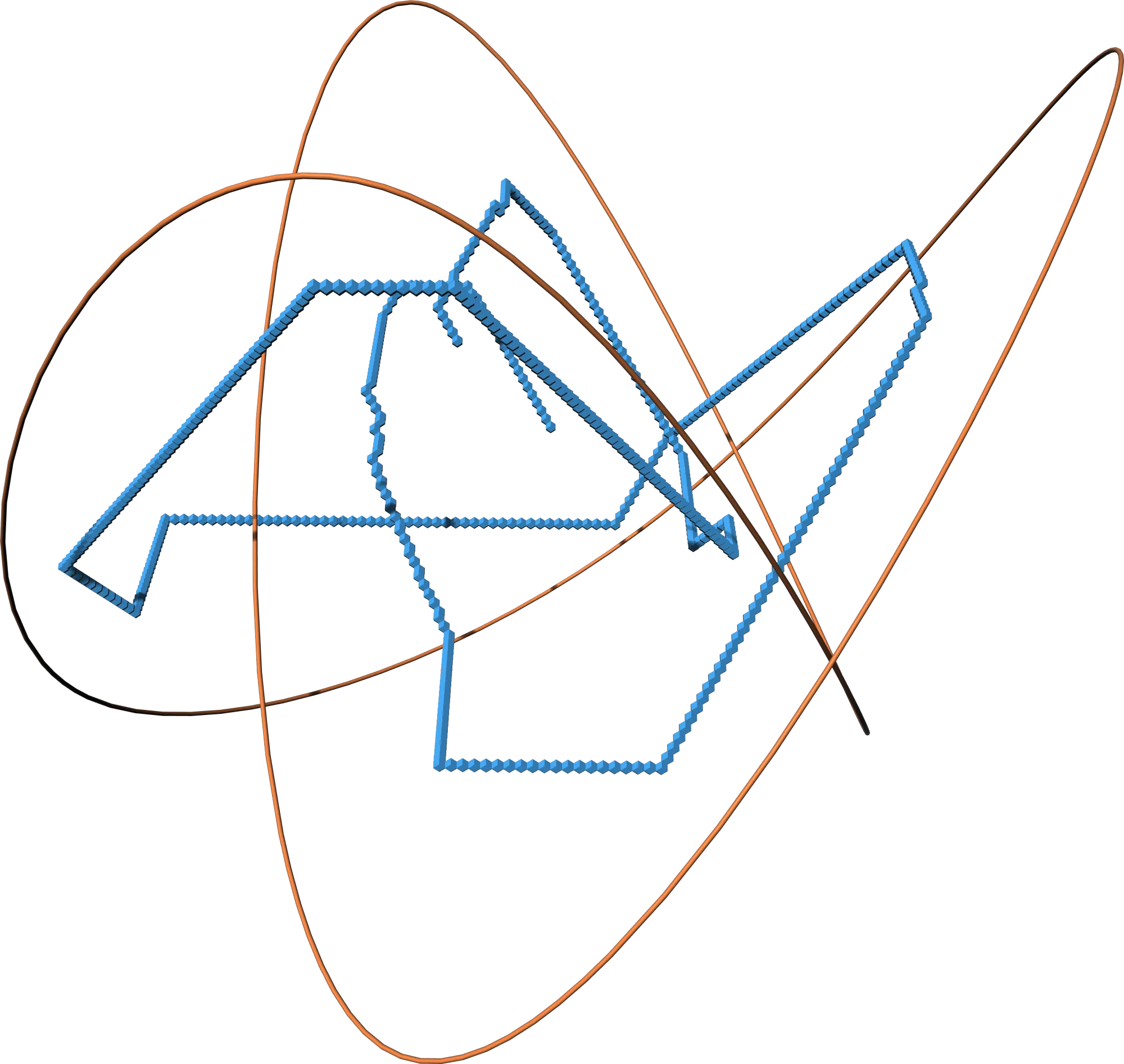
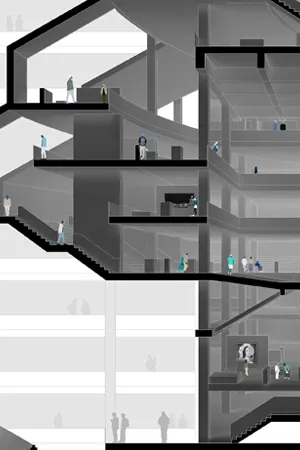


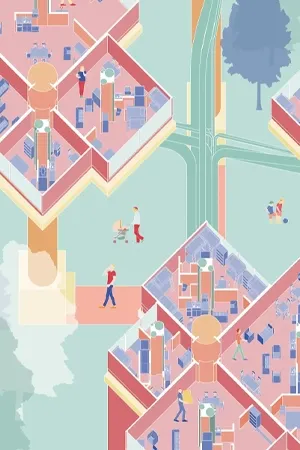
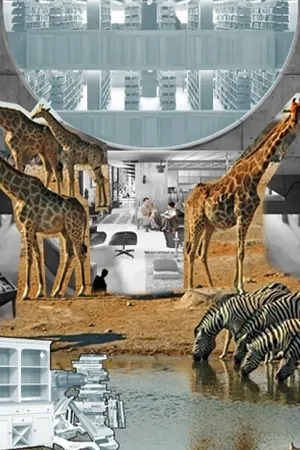
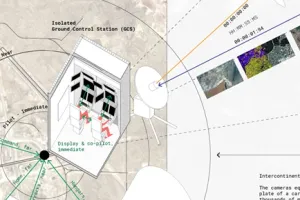
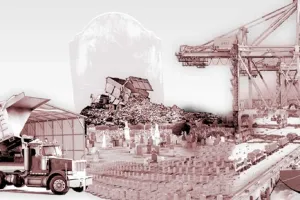
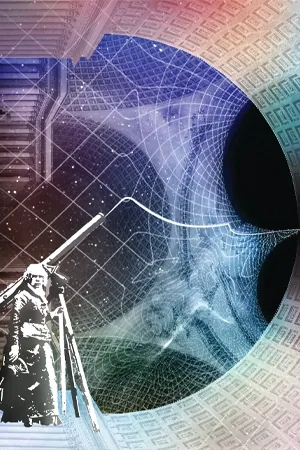

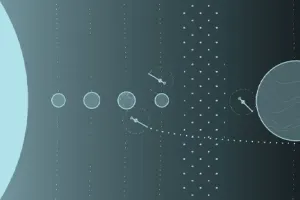

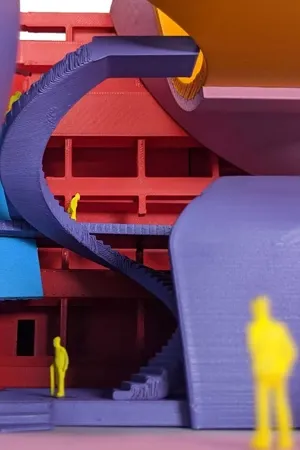
![[Conserv/Labor]-atory](/content/images/size/w300/2024/03/interior-high.jpg)
